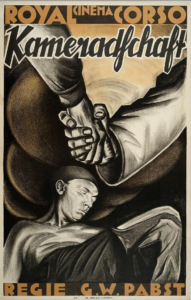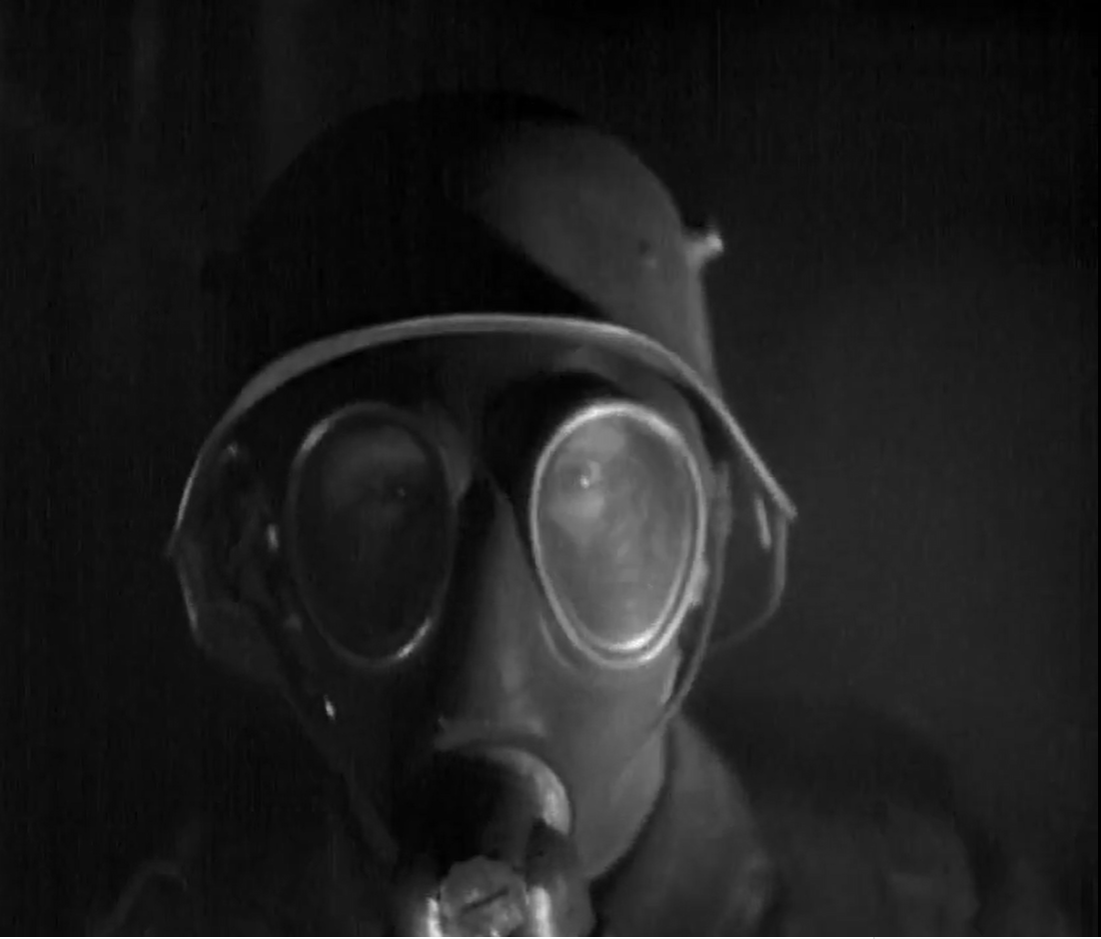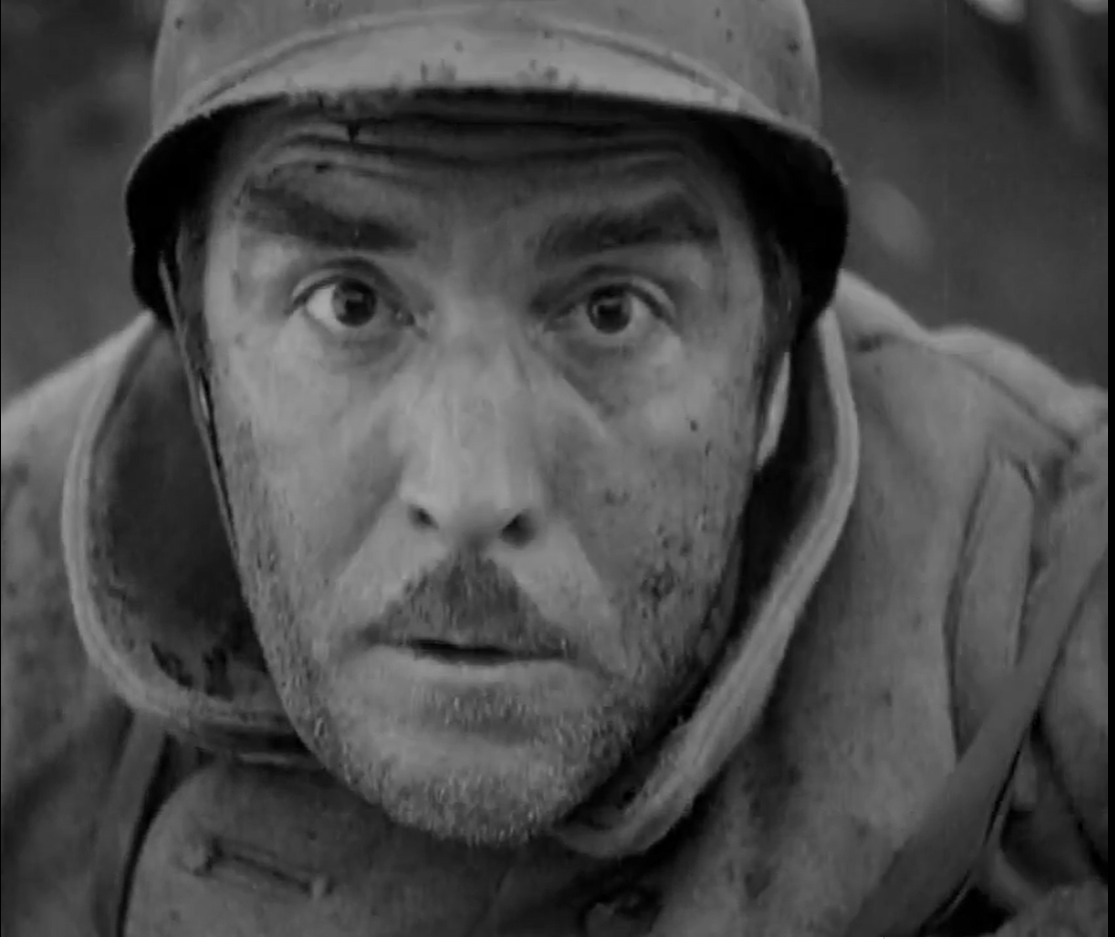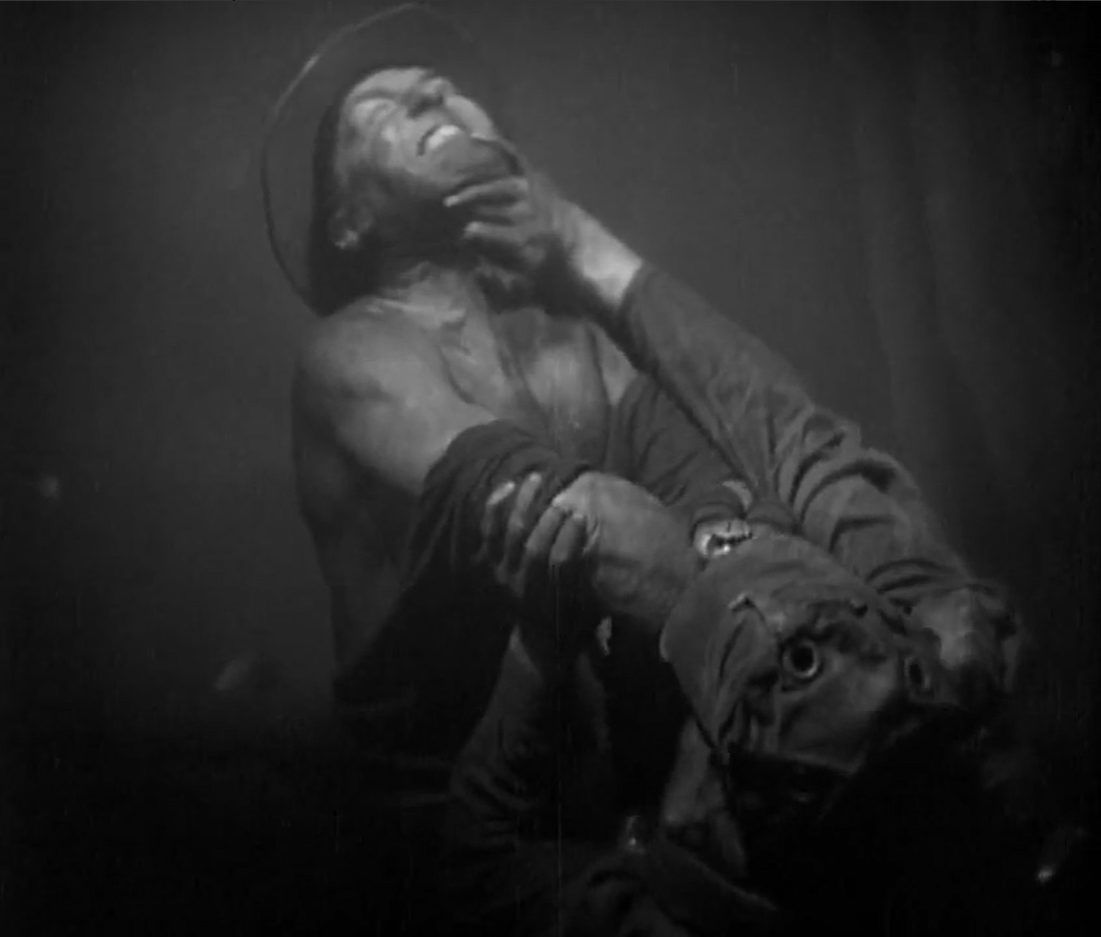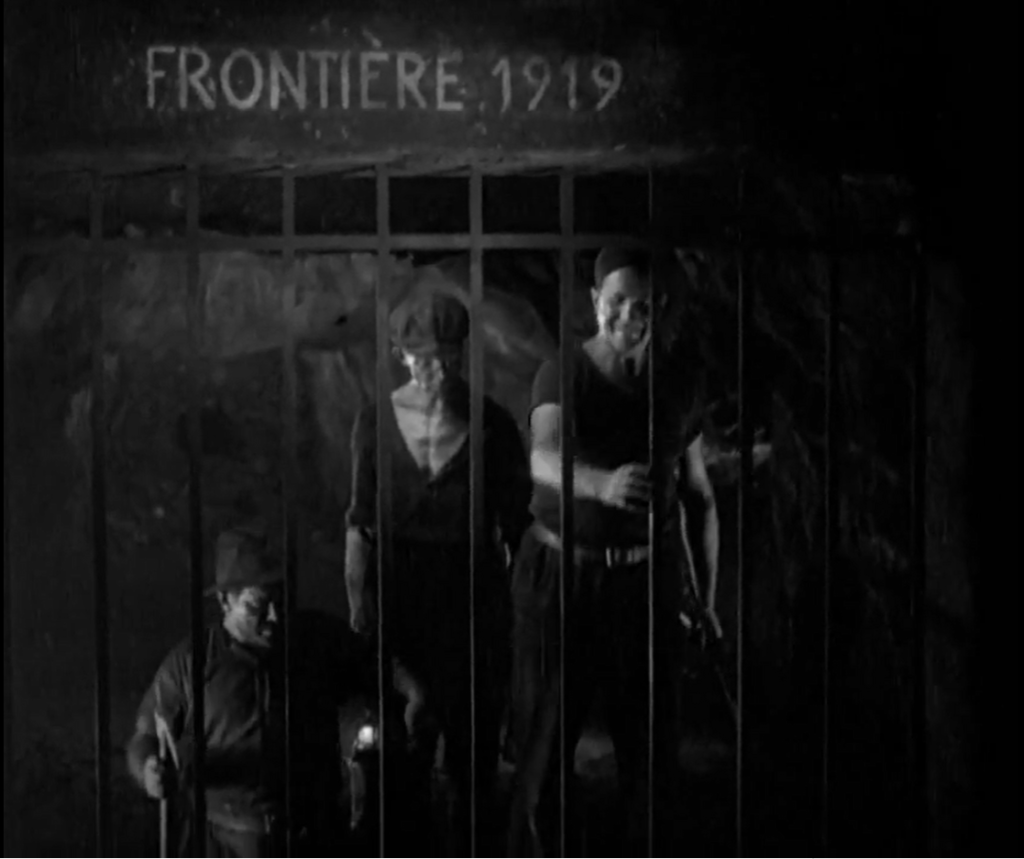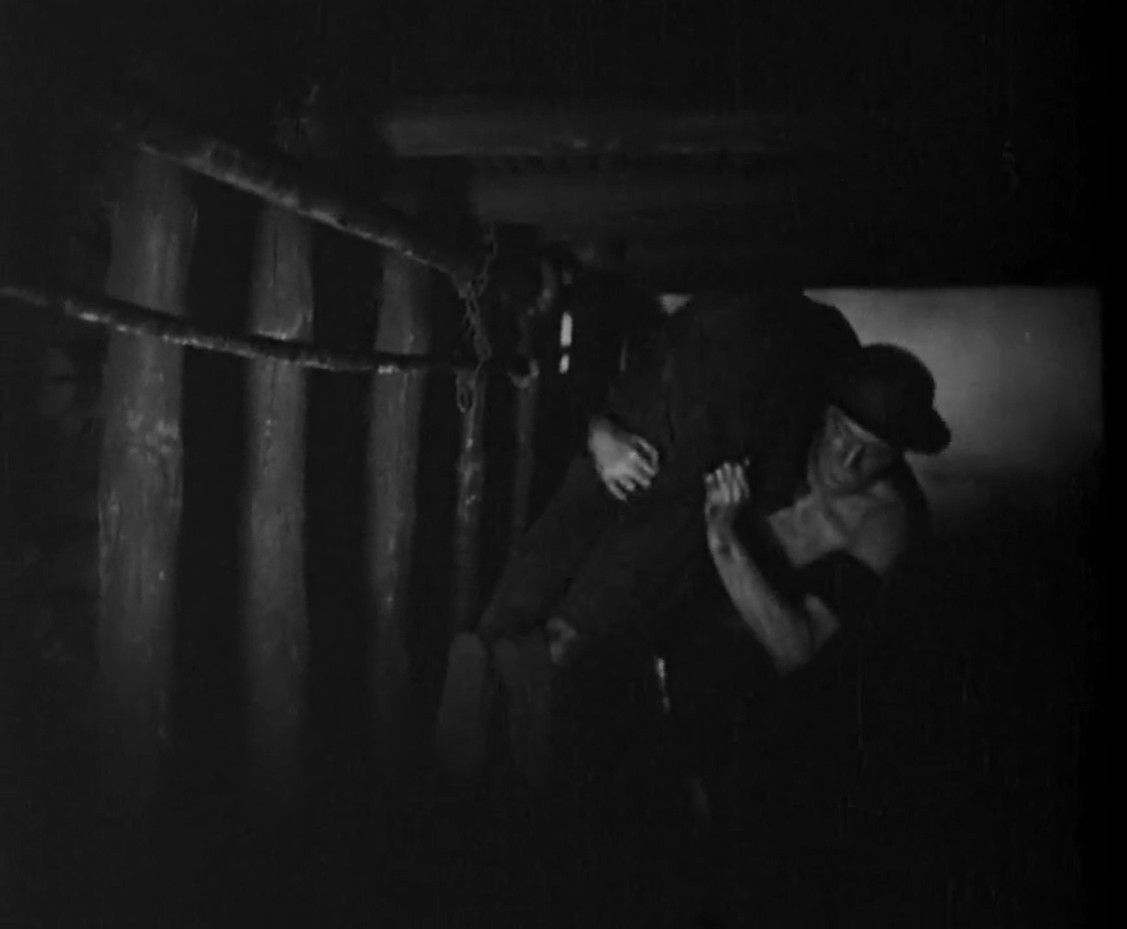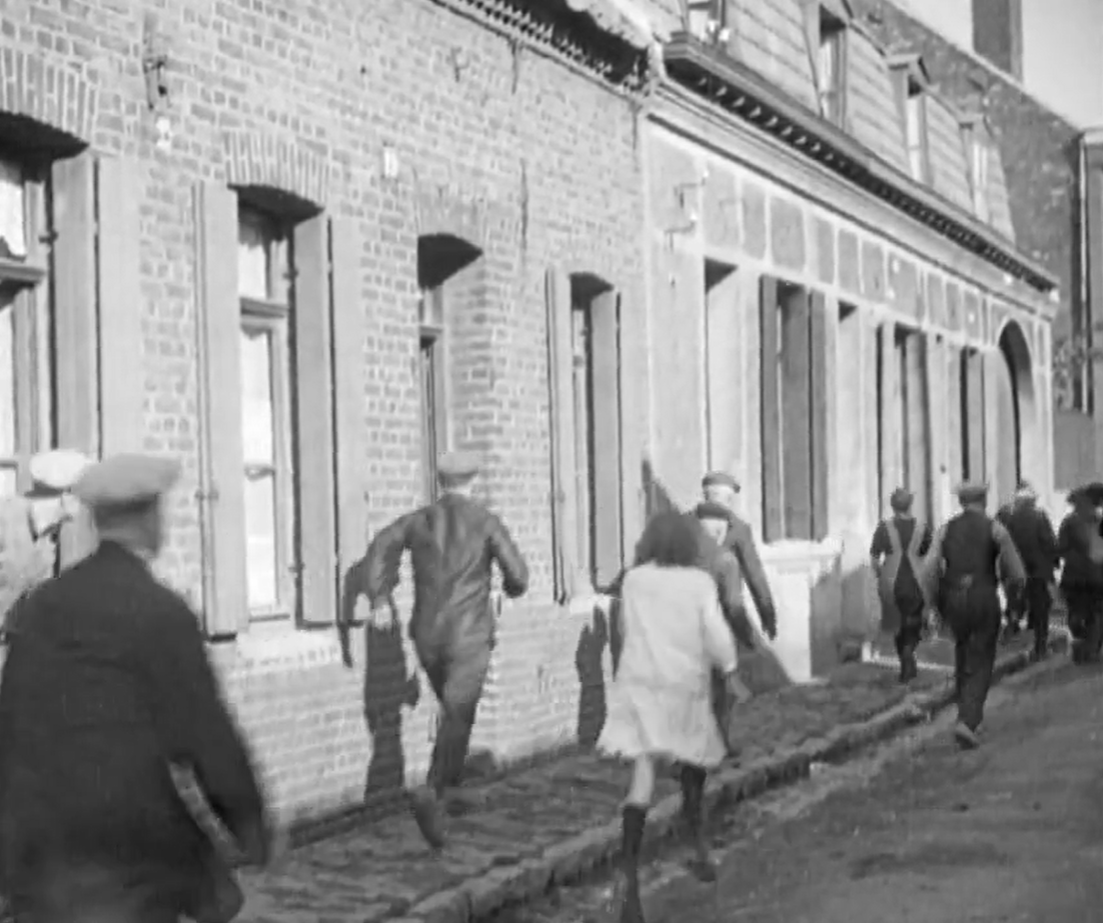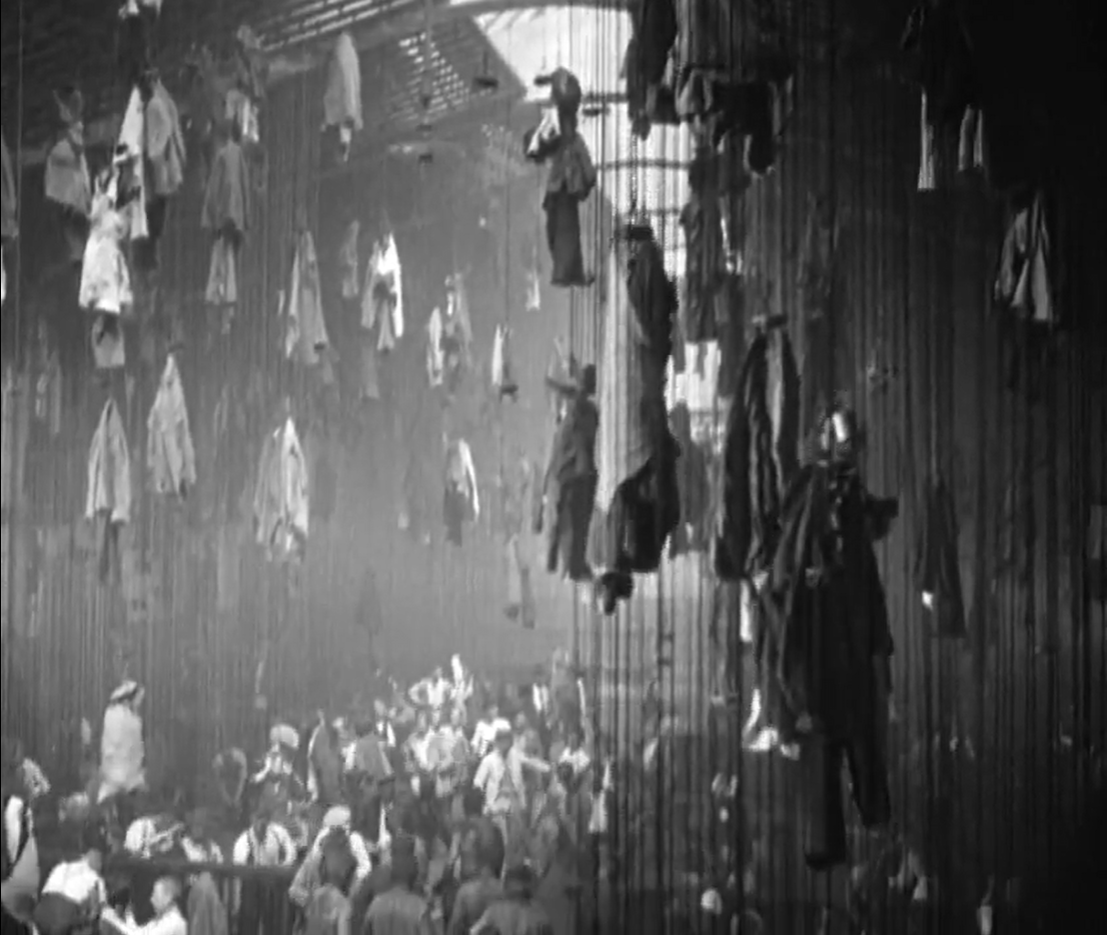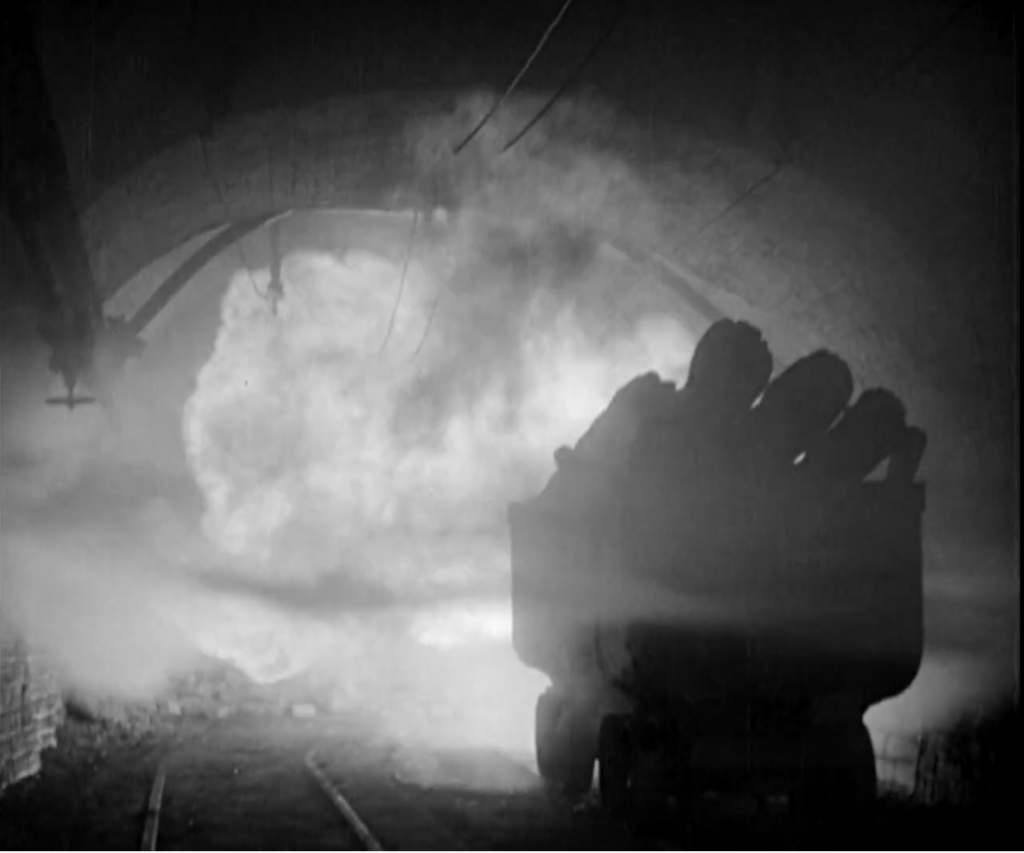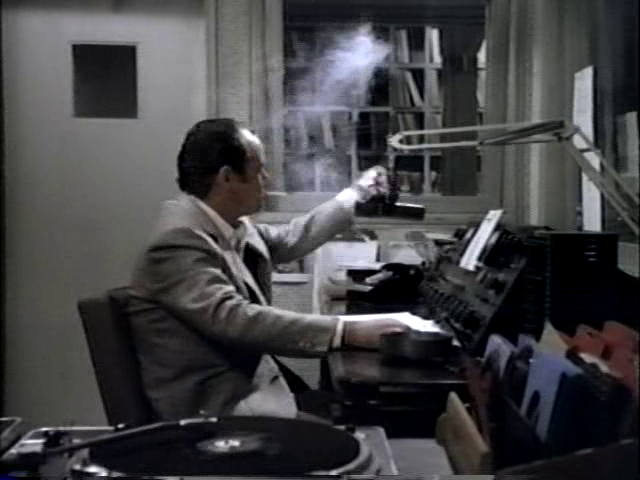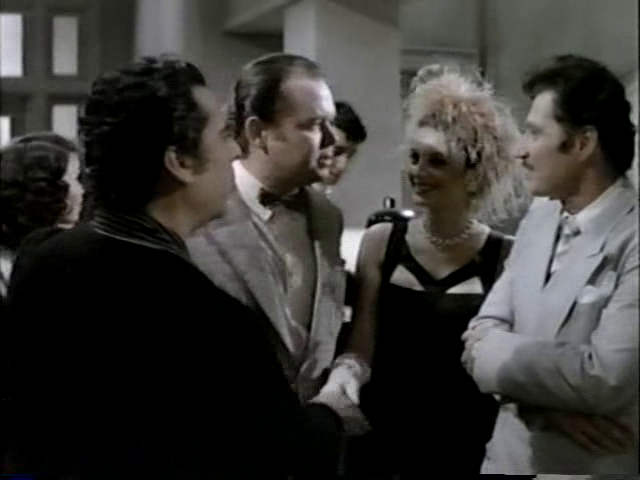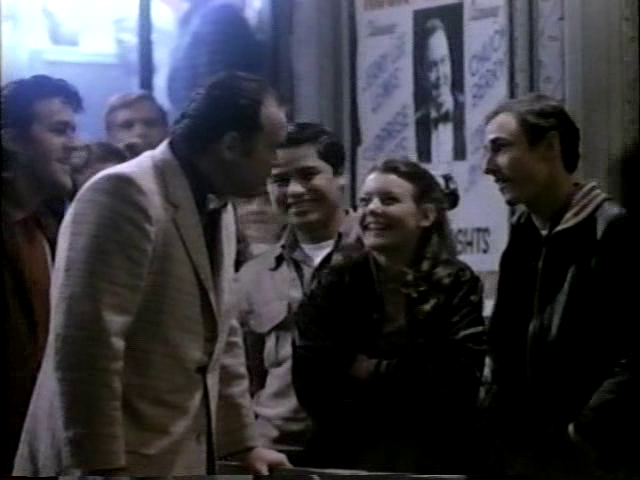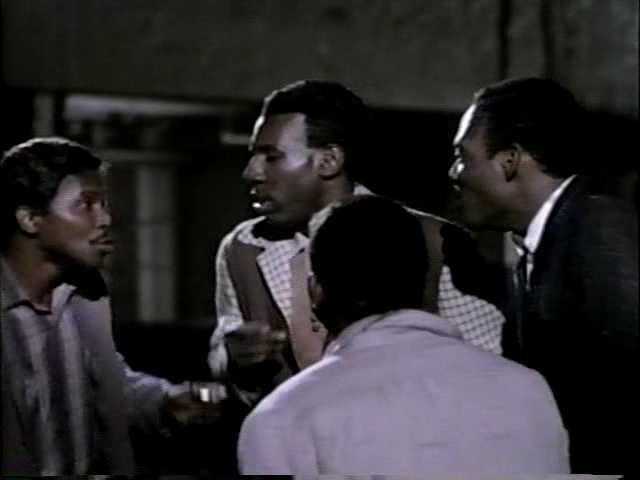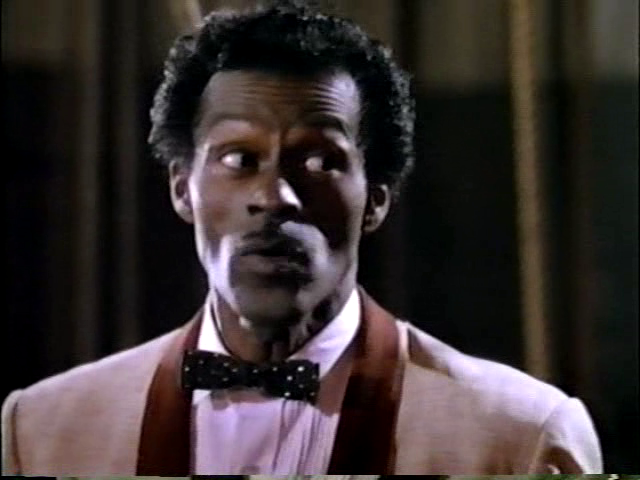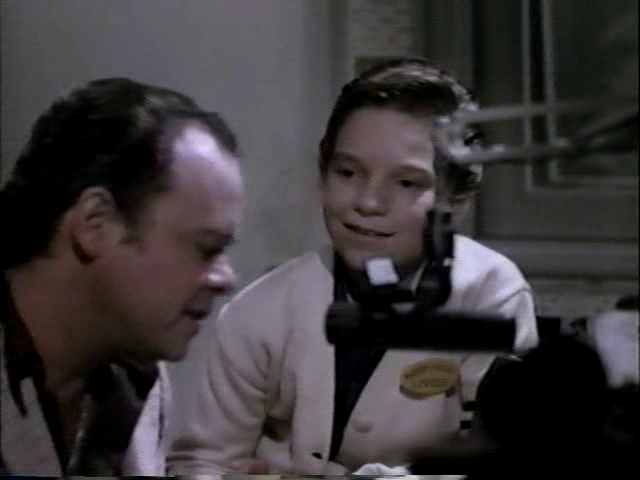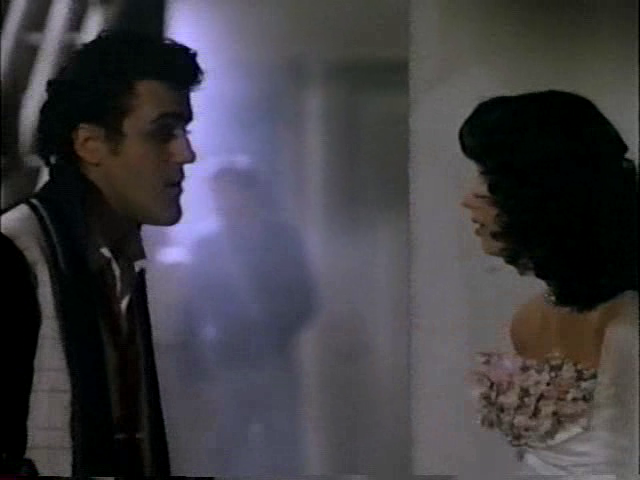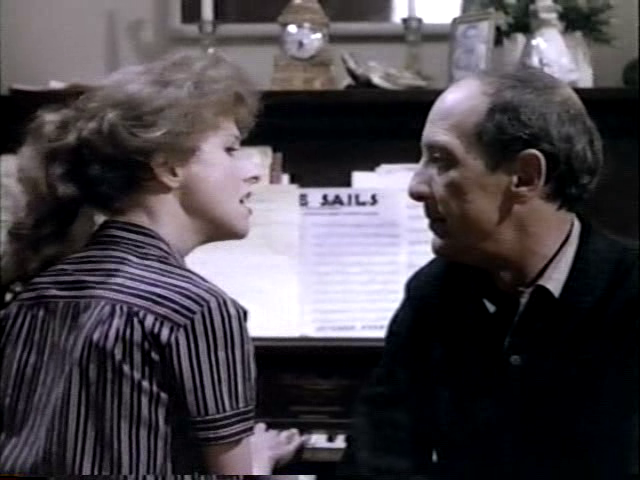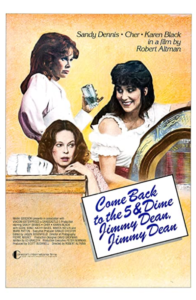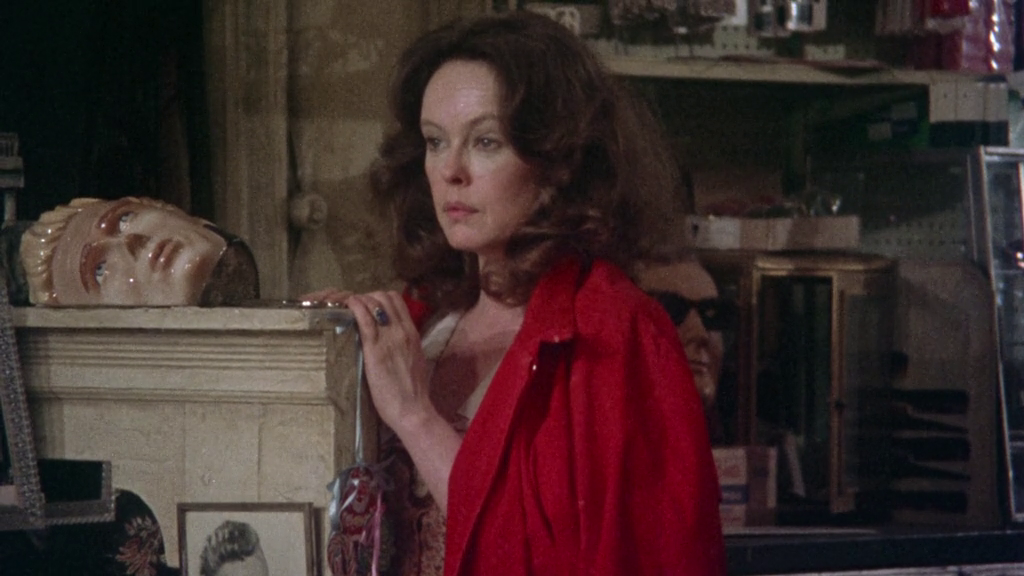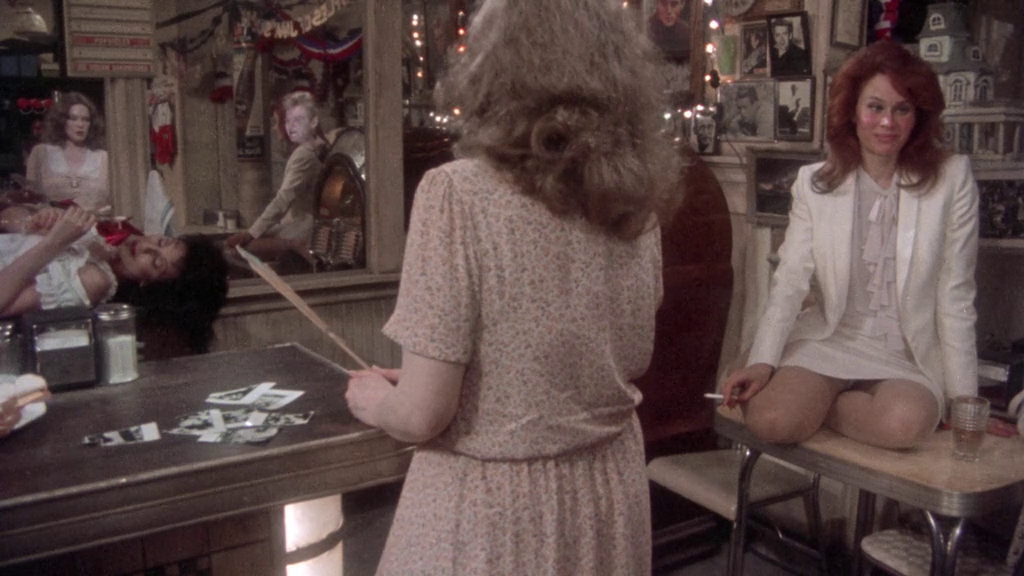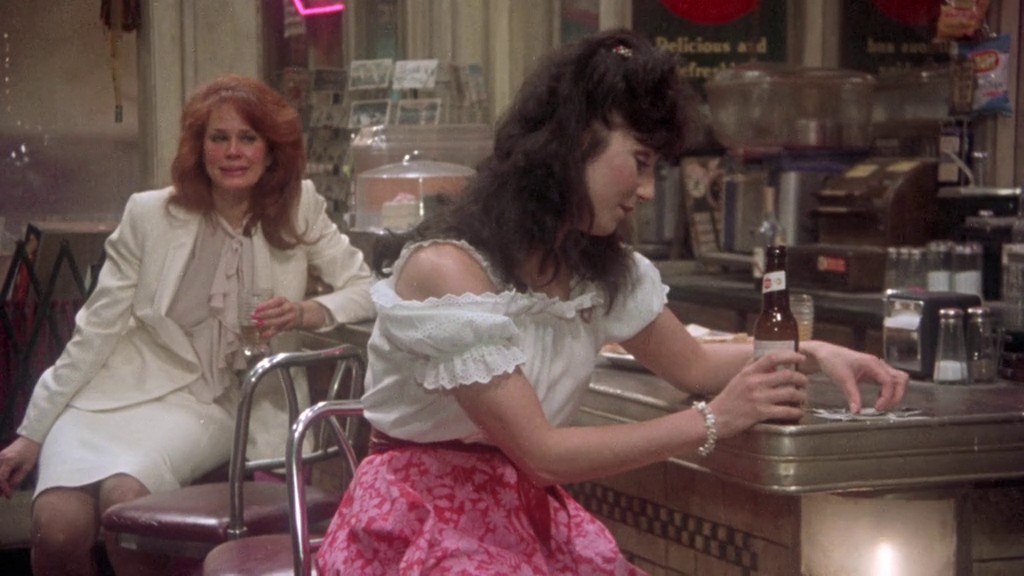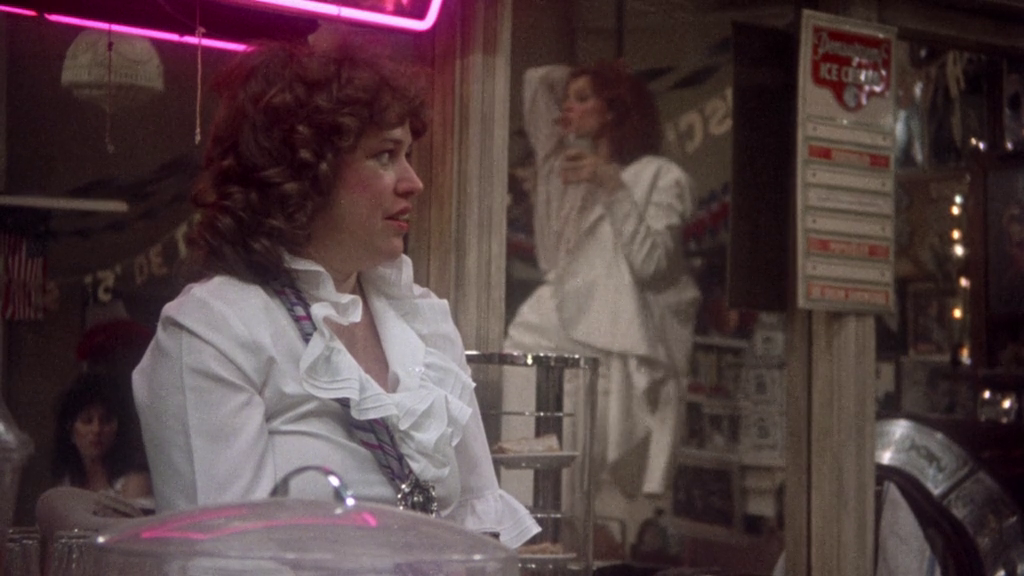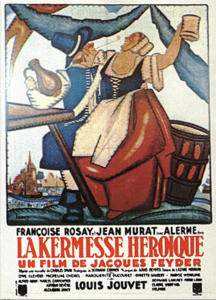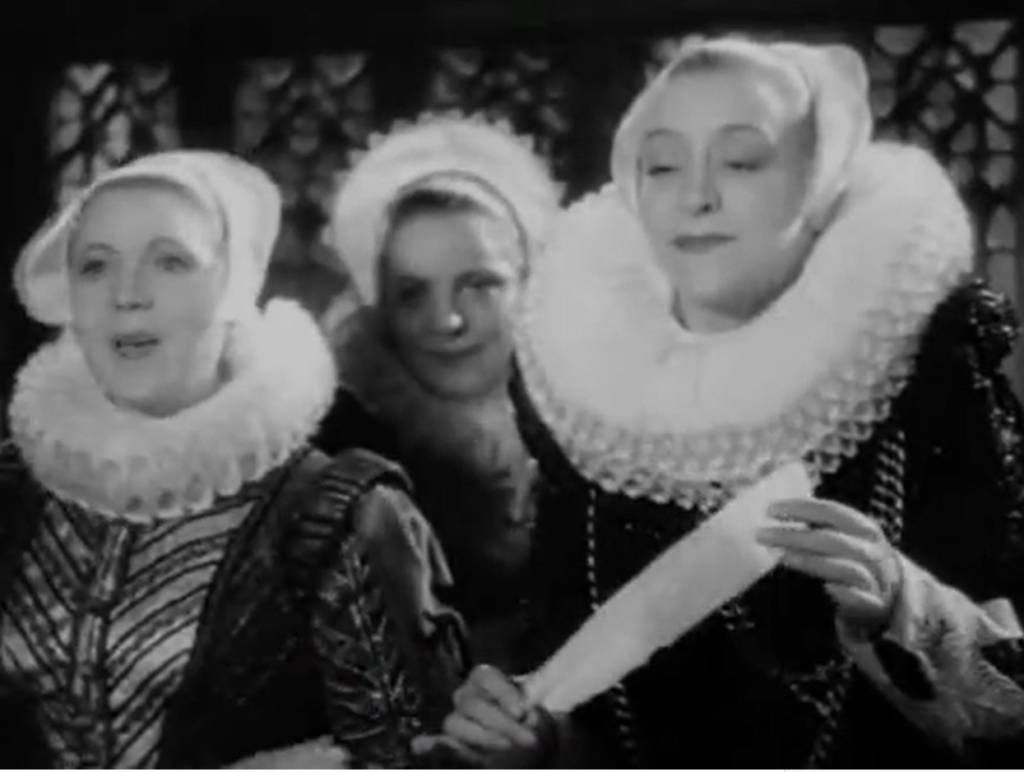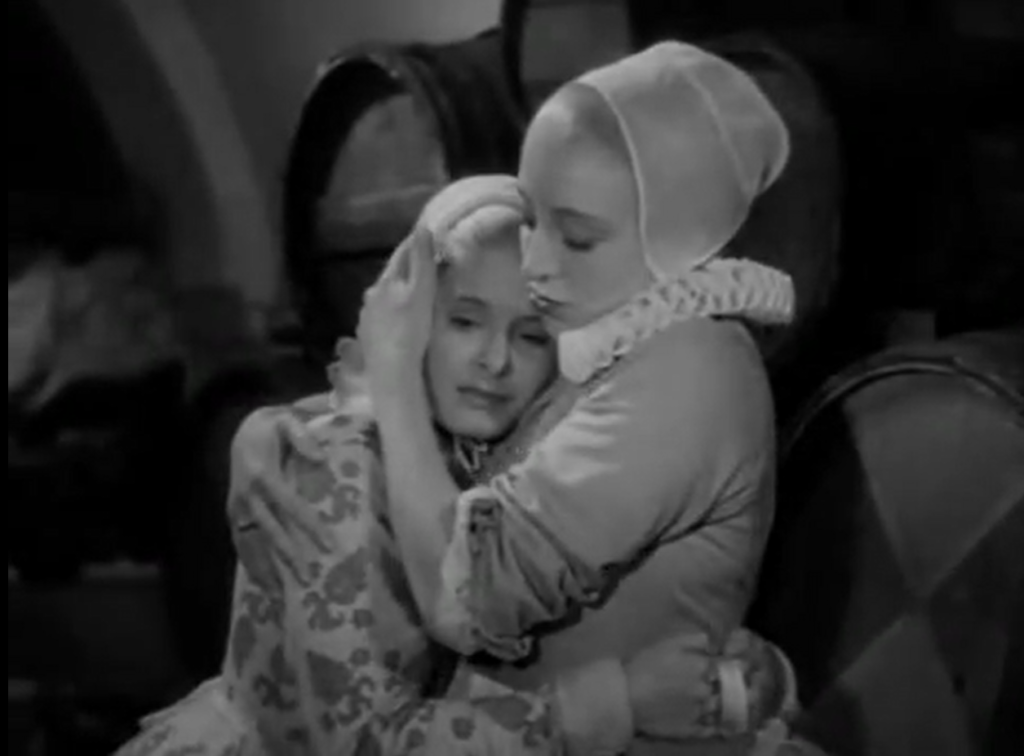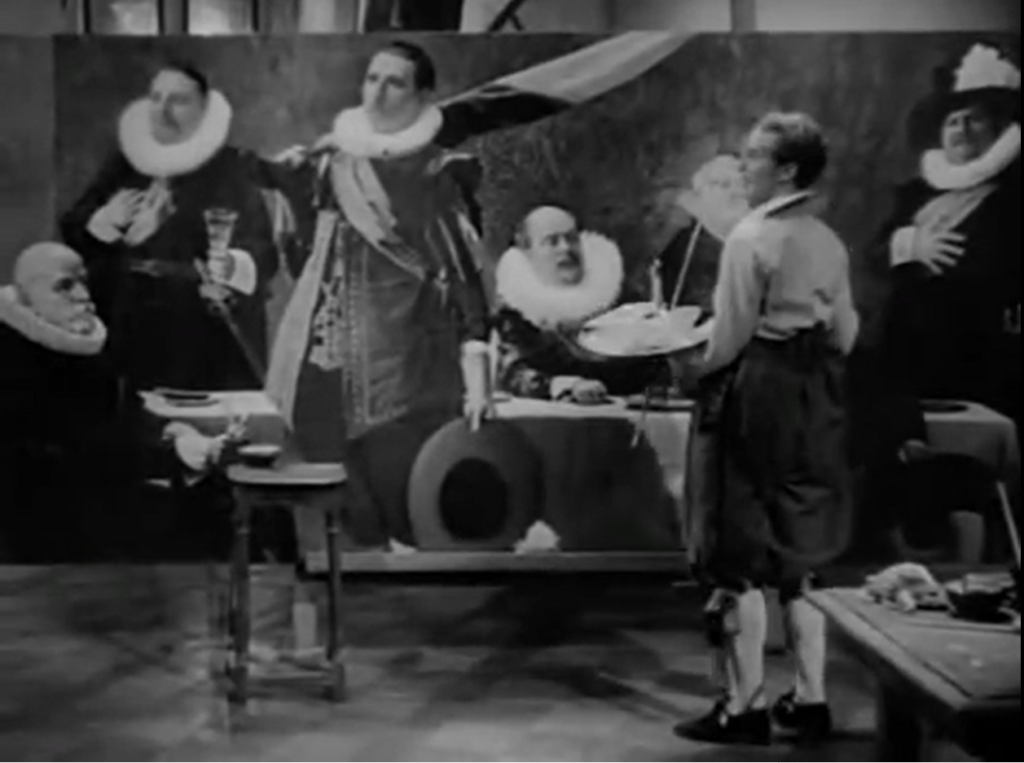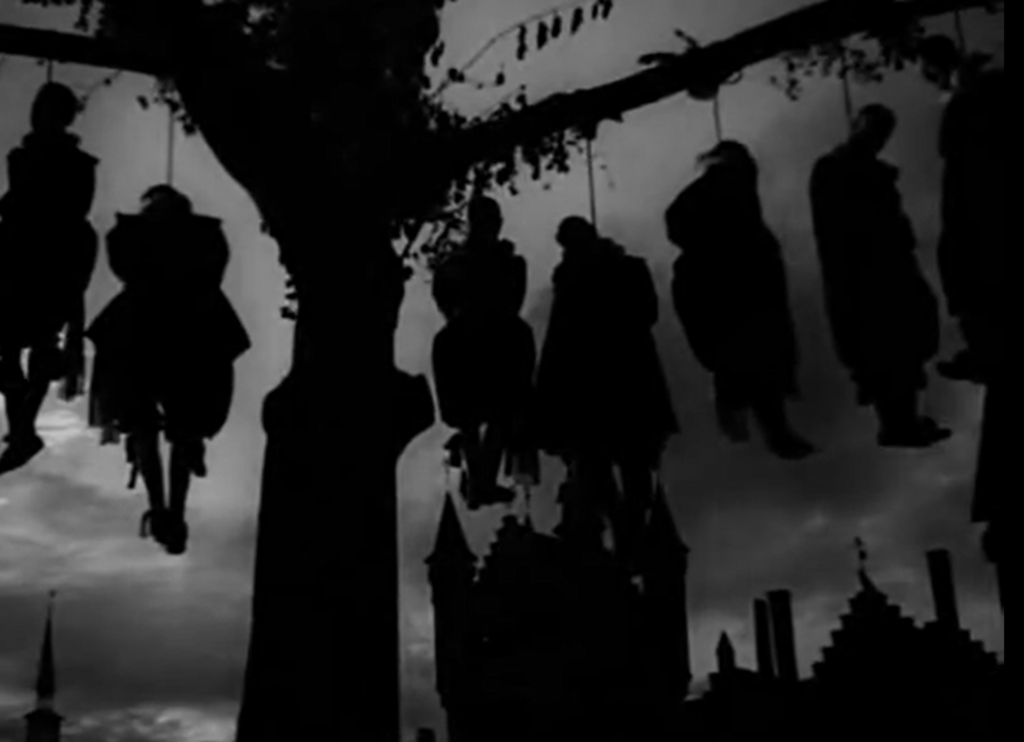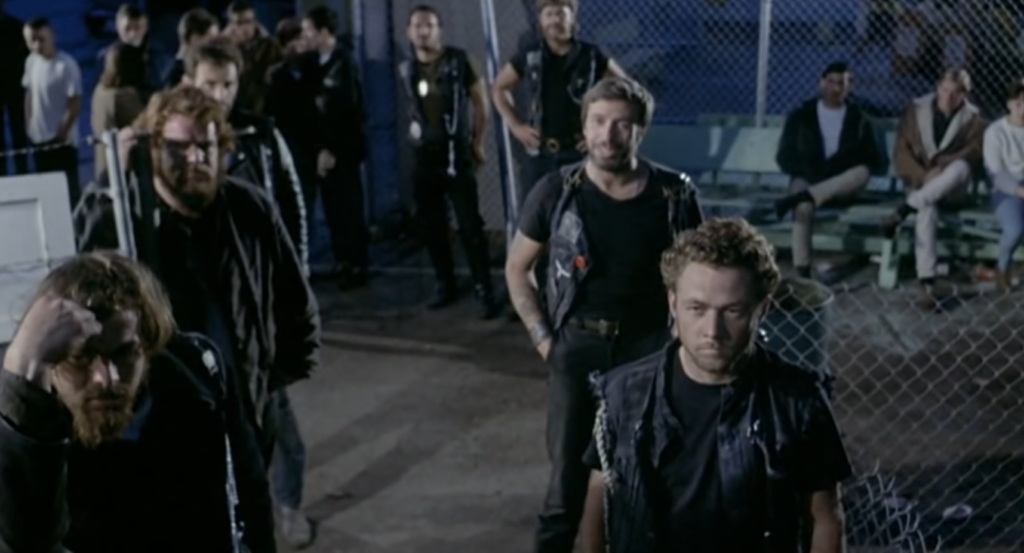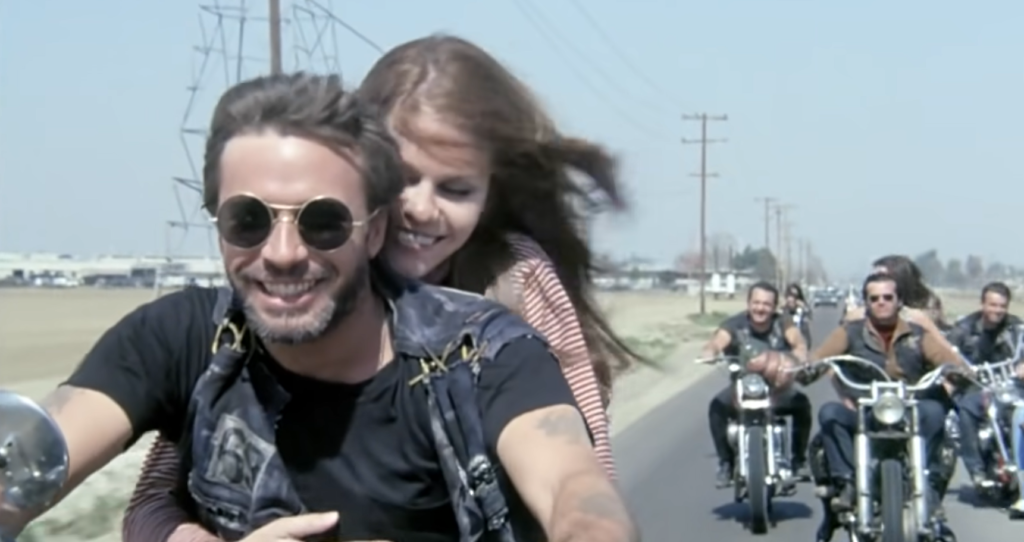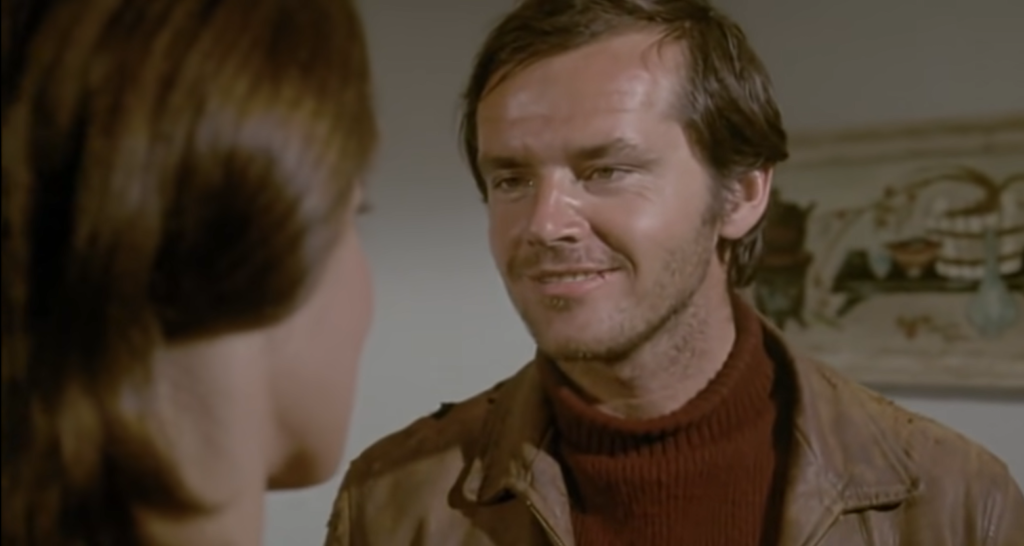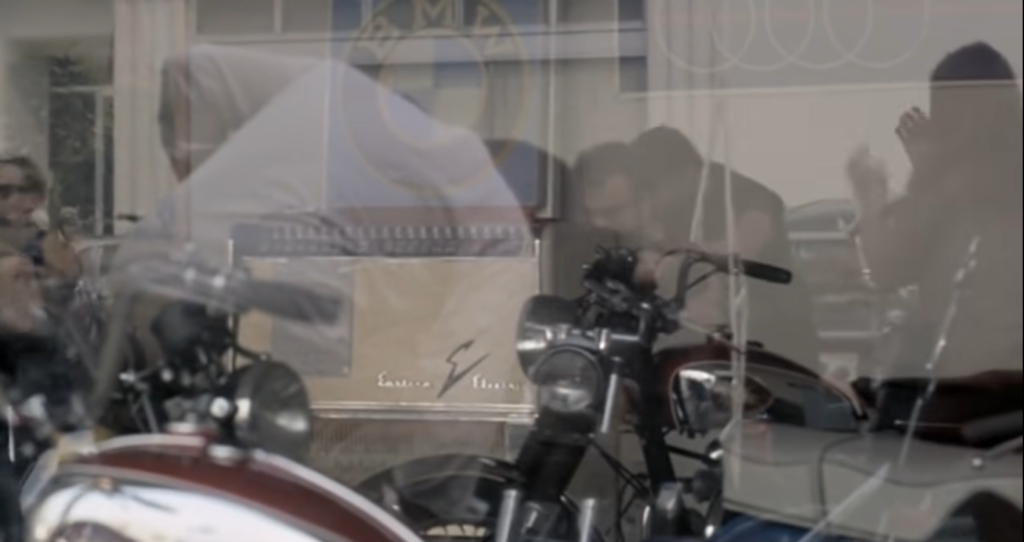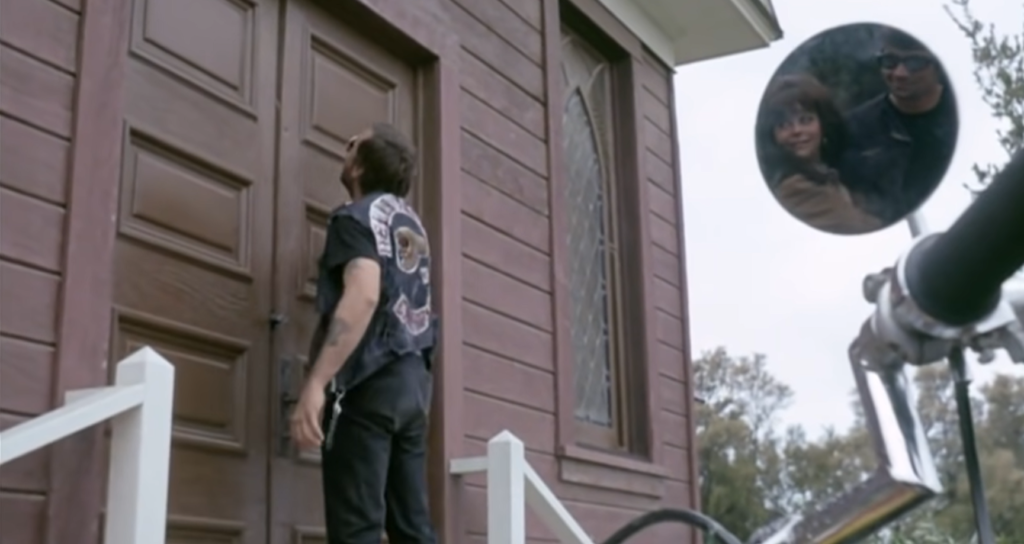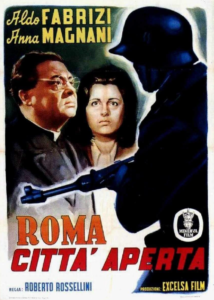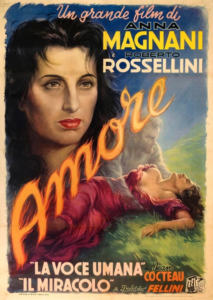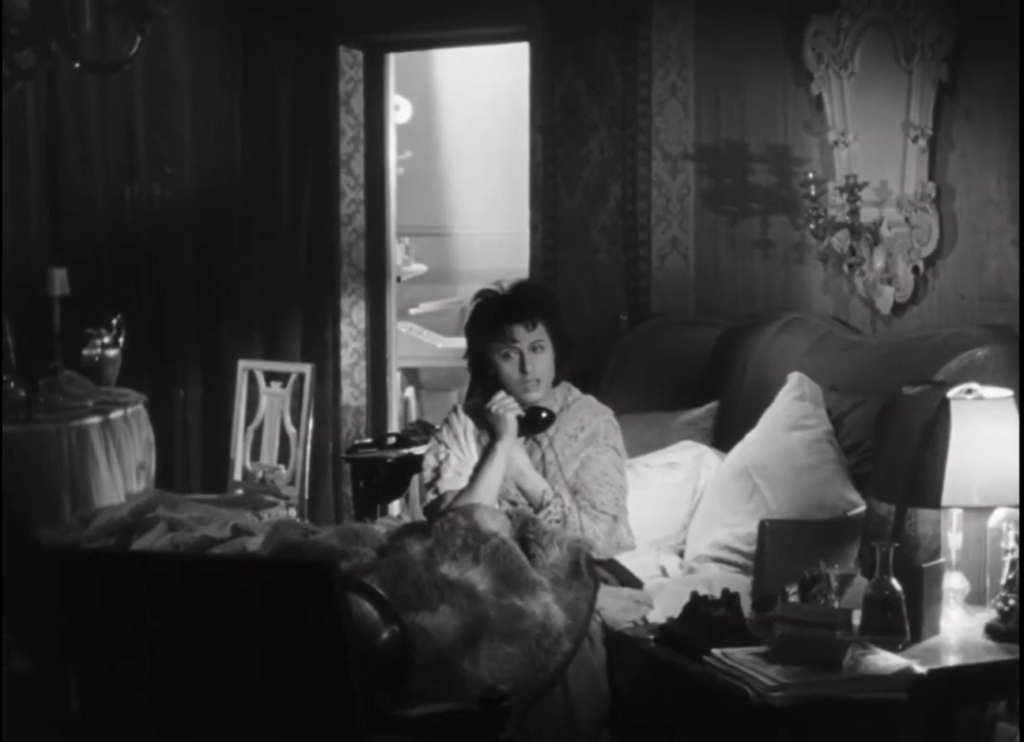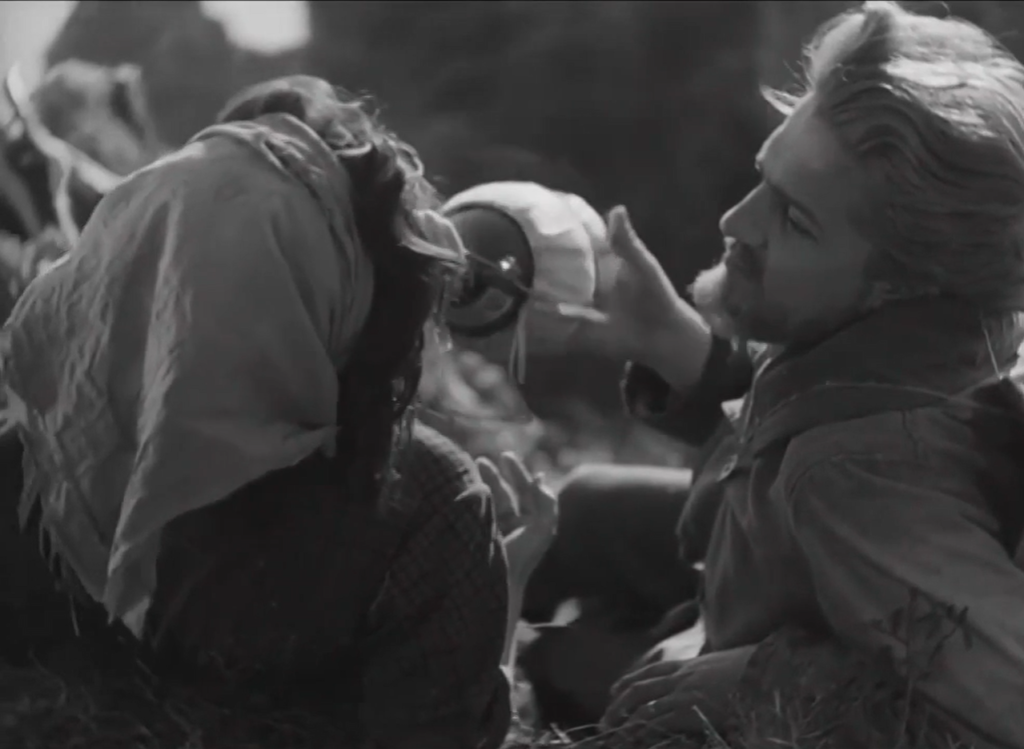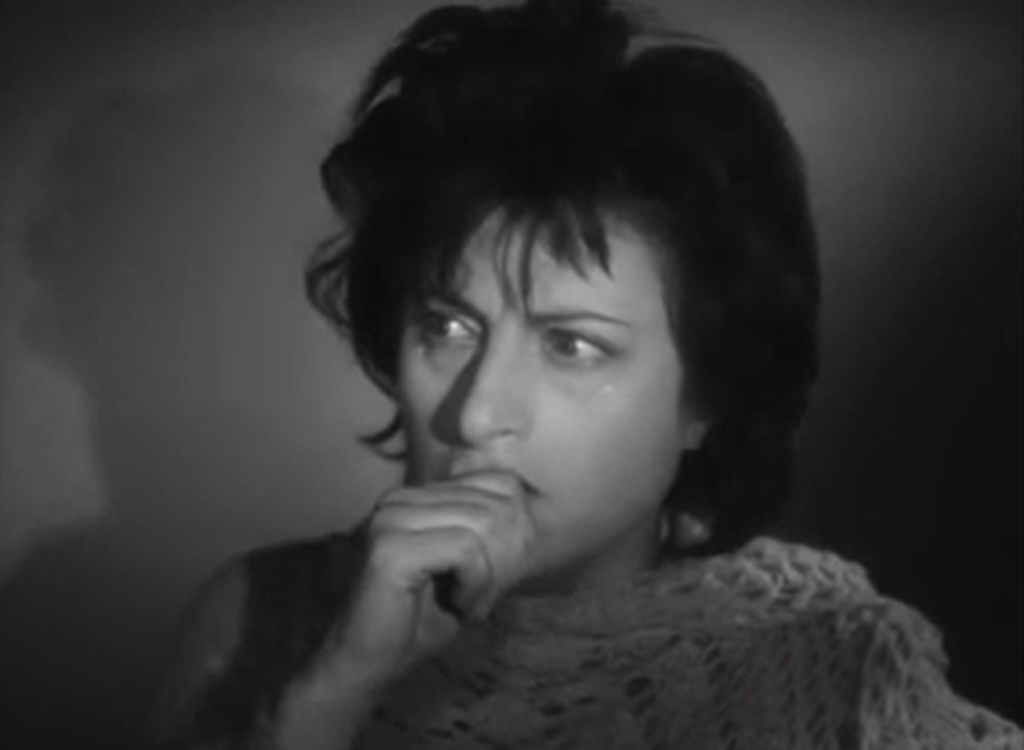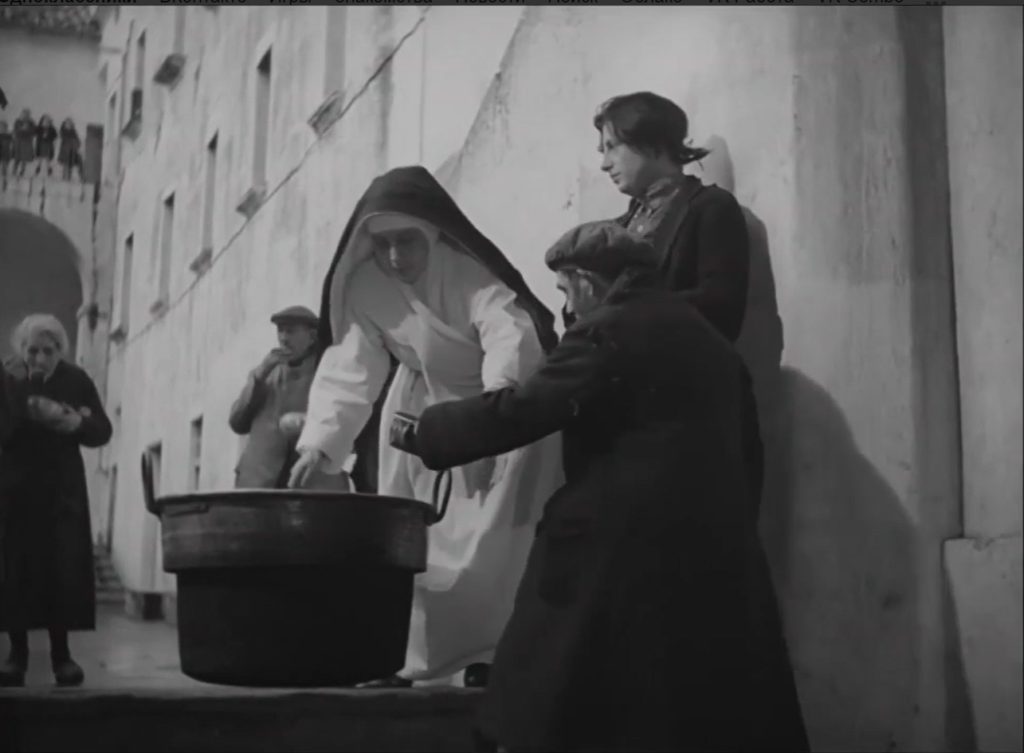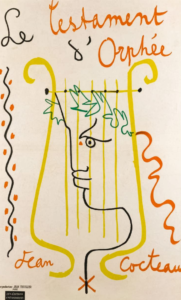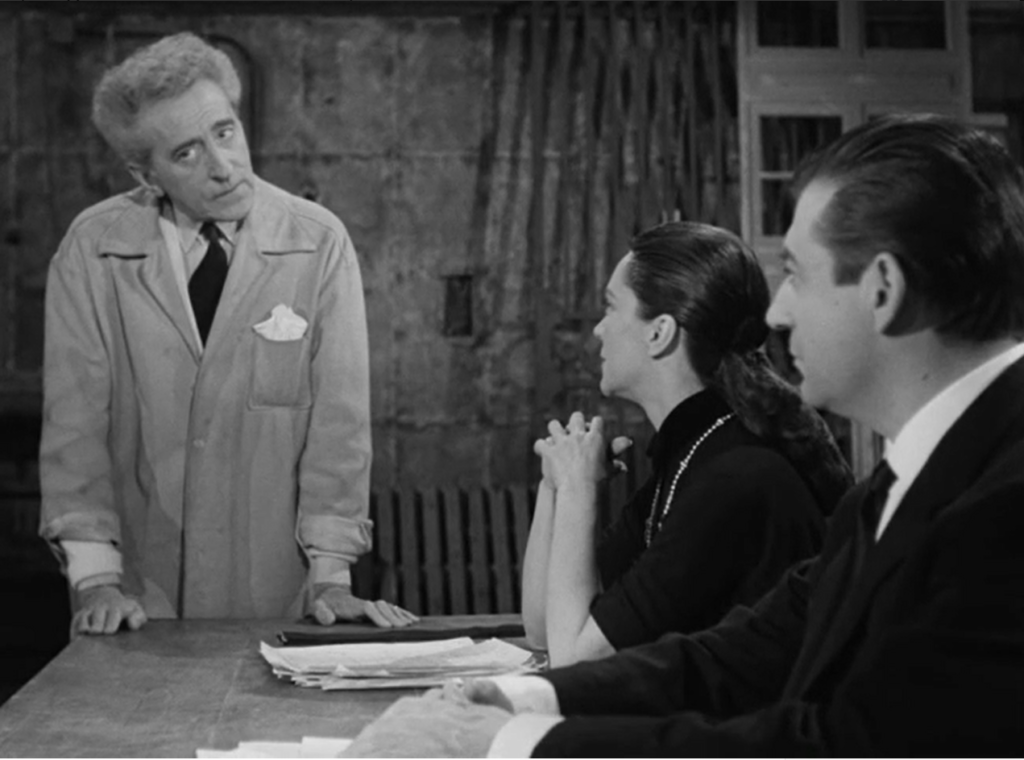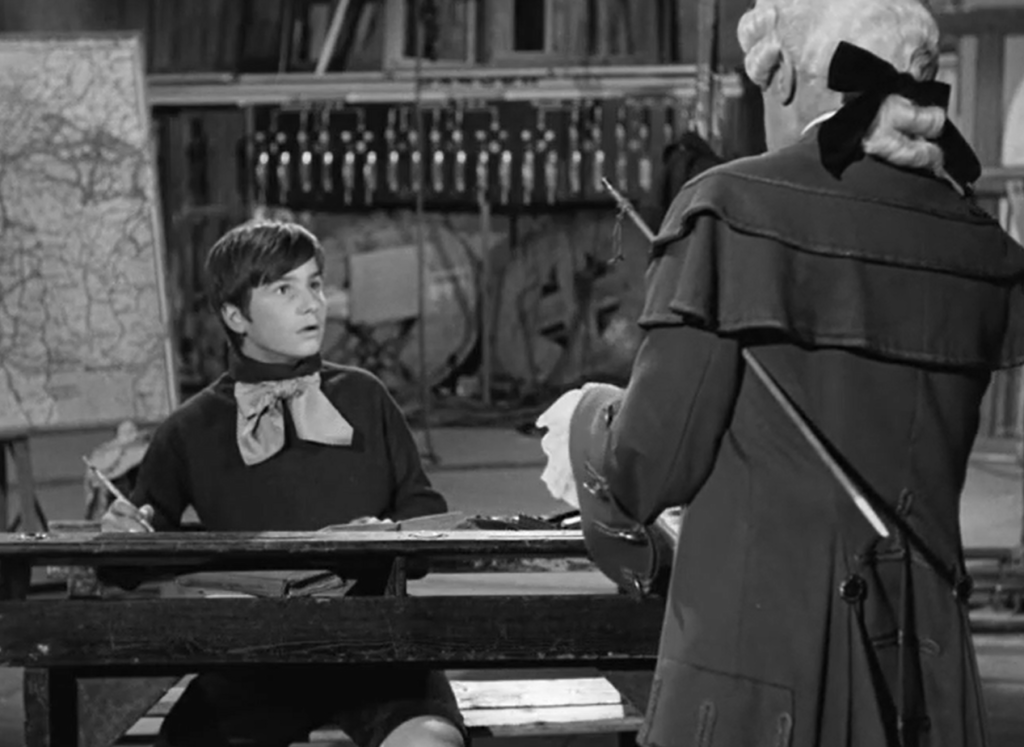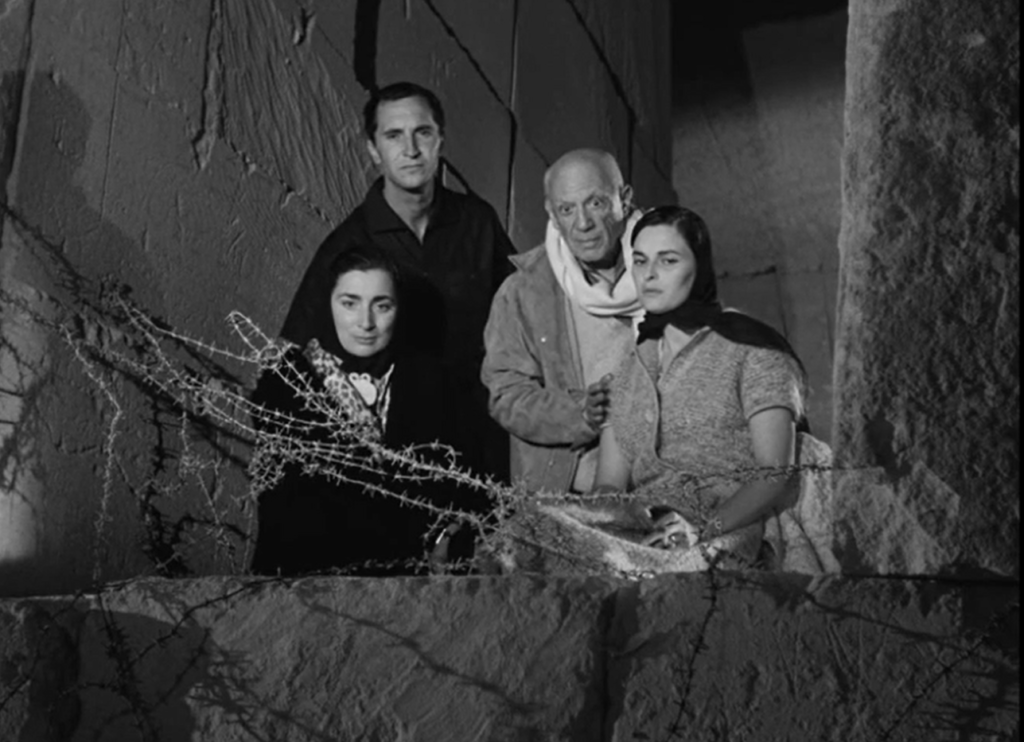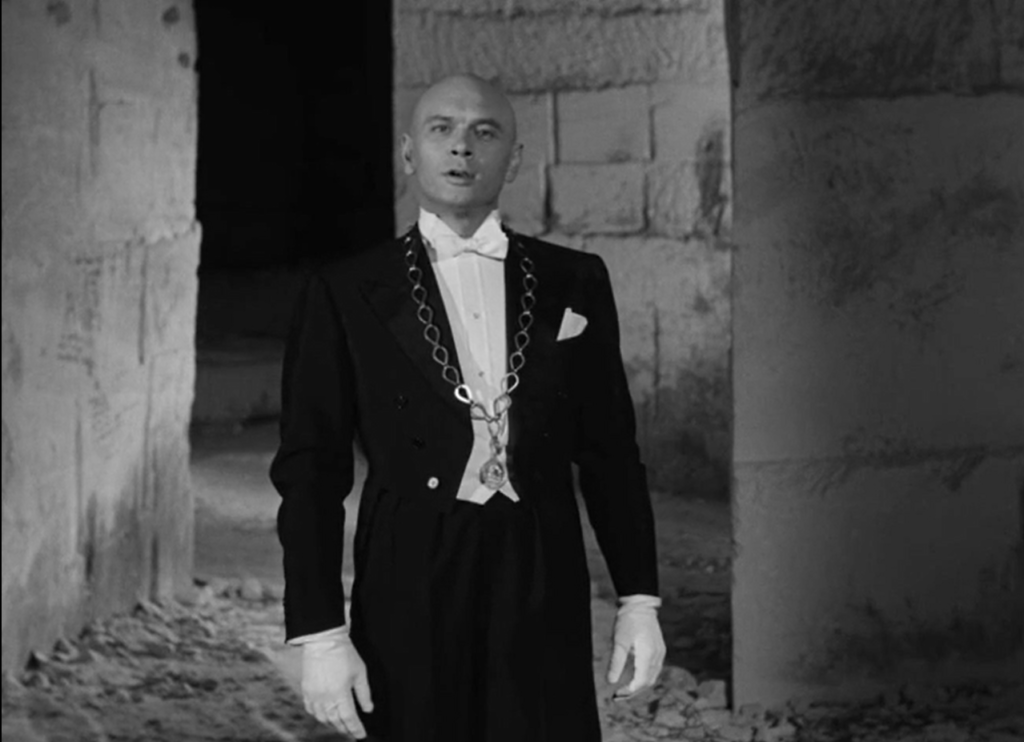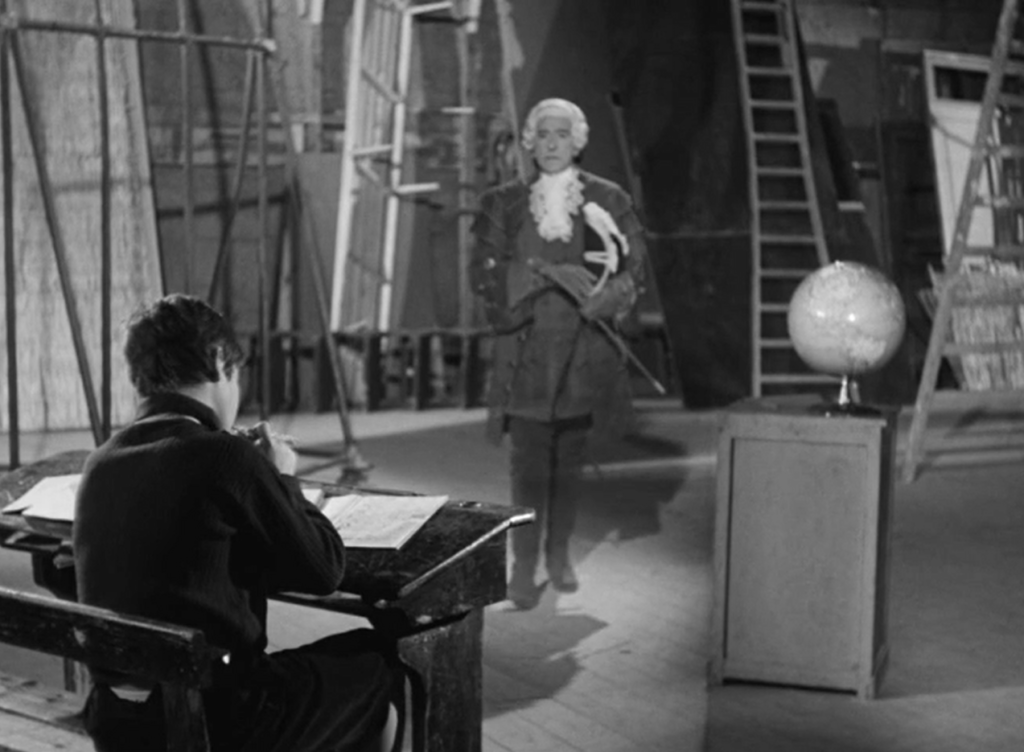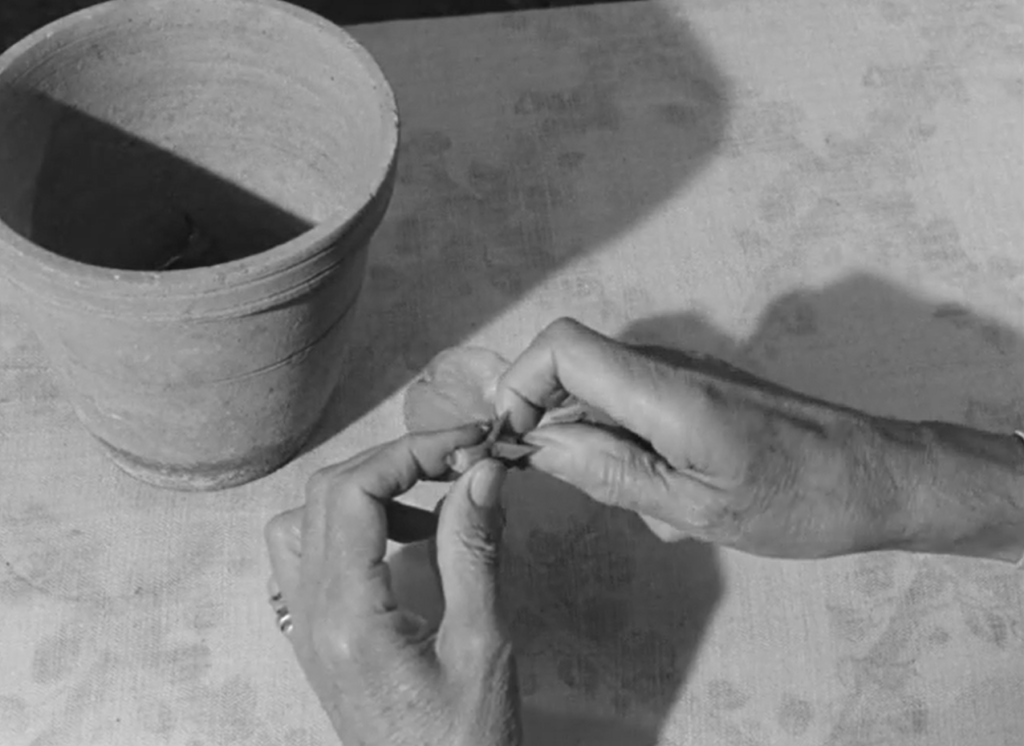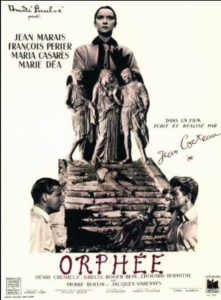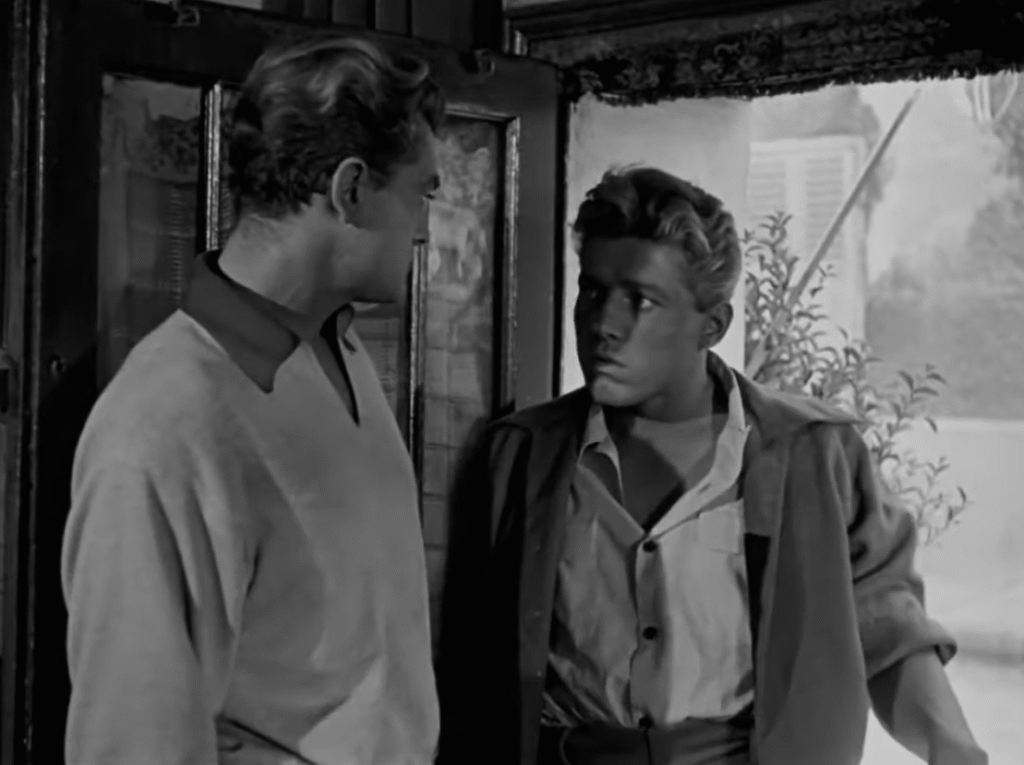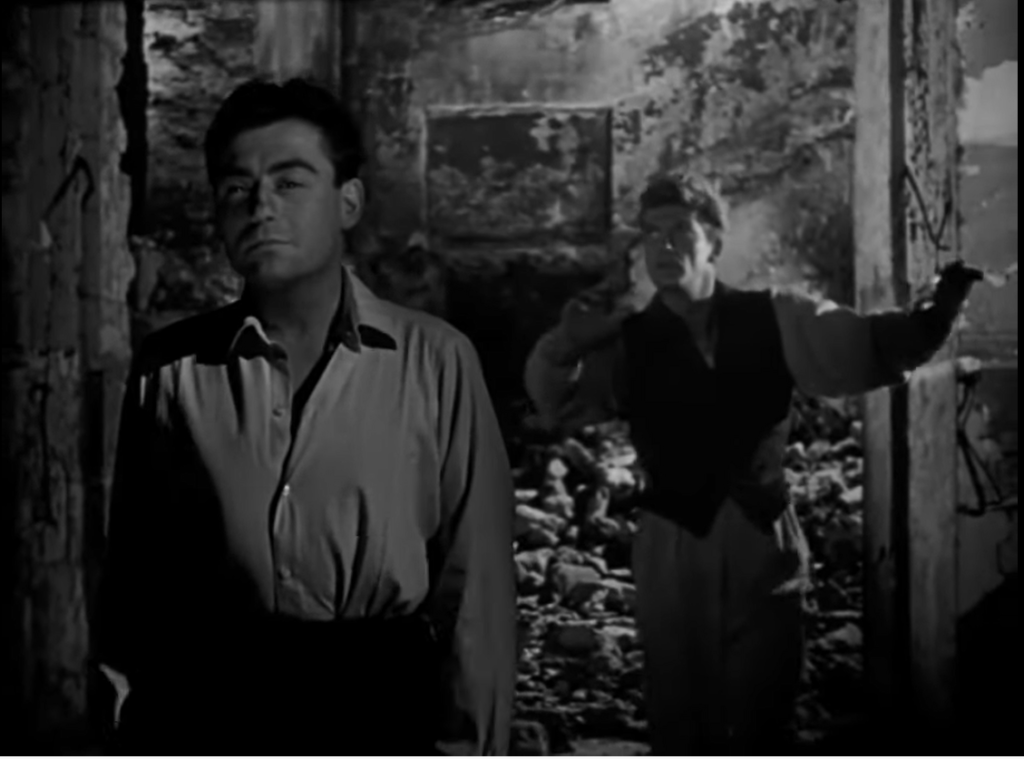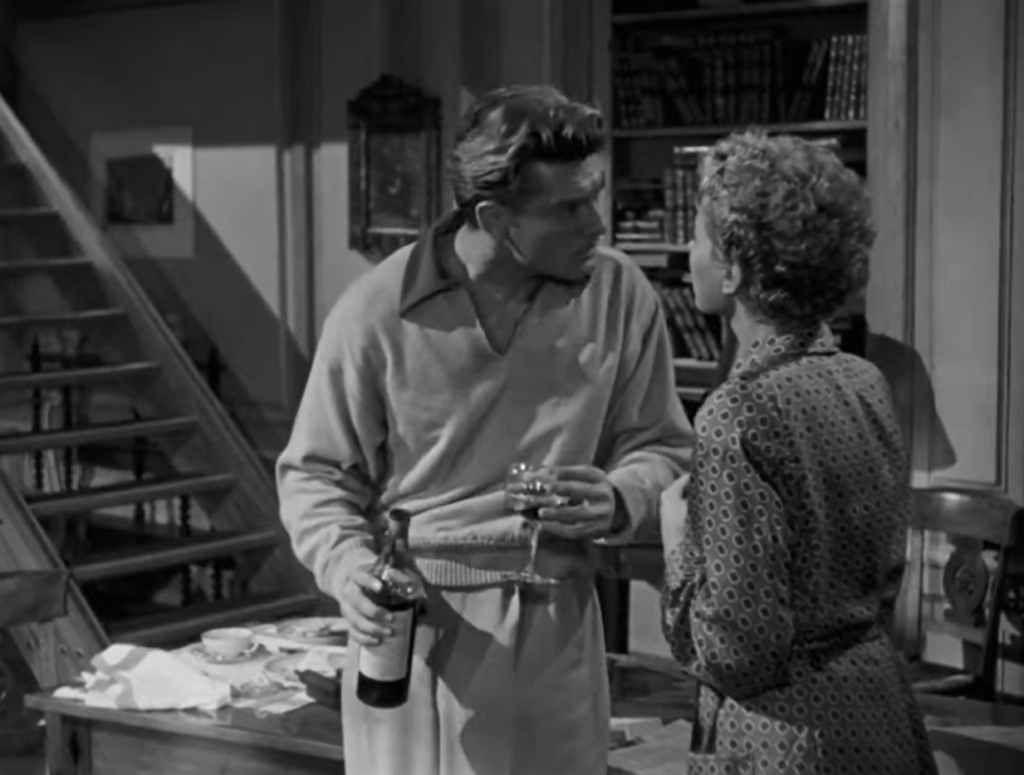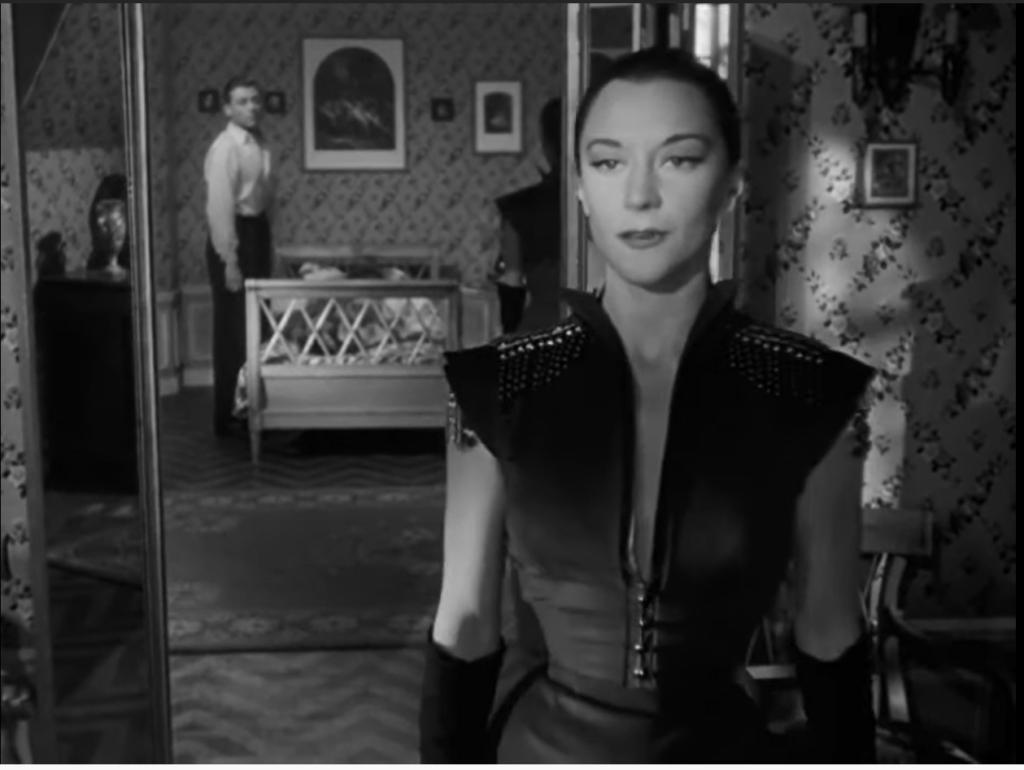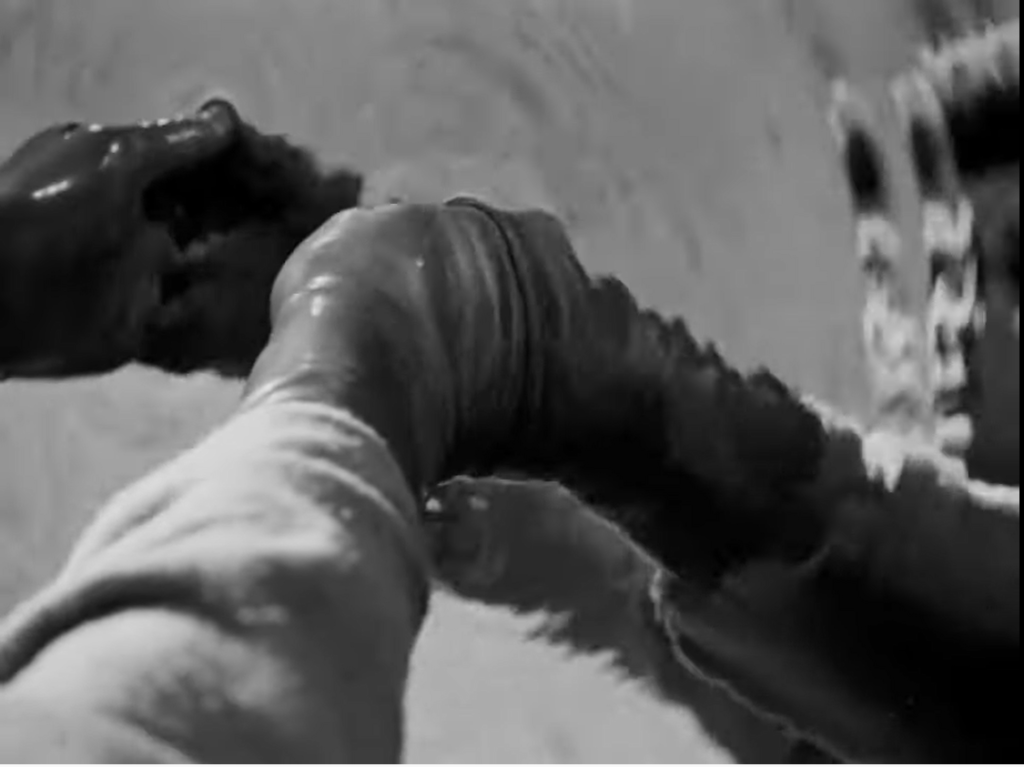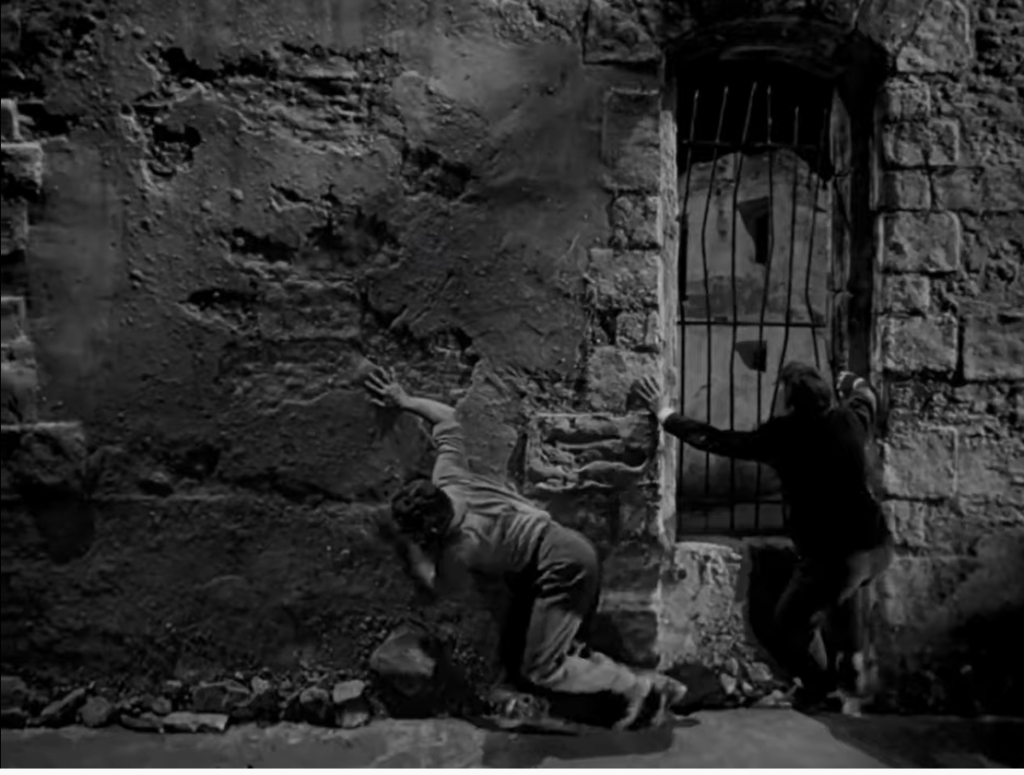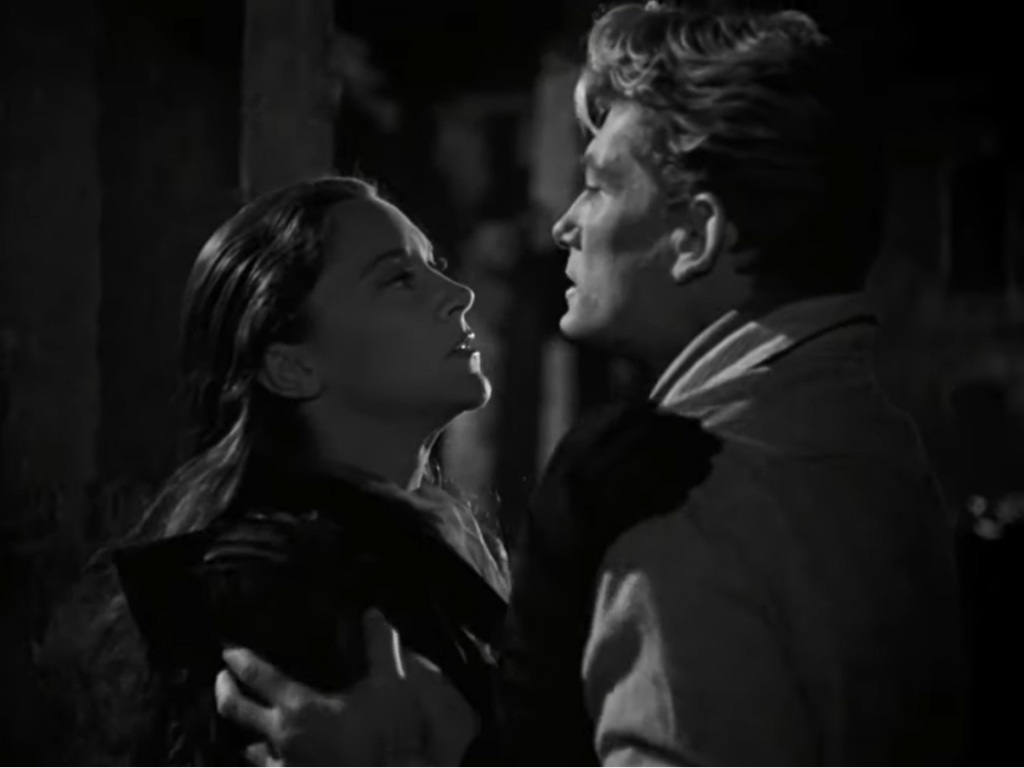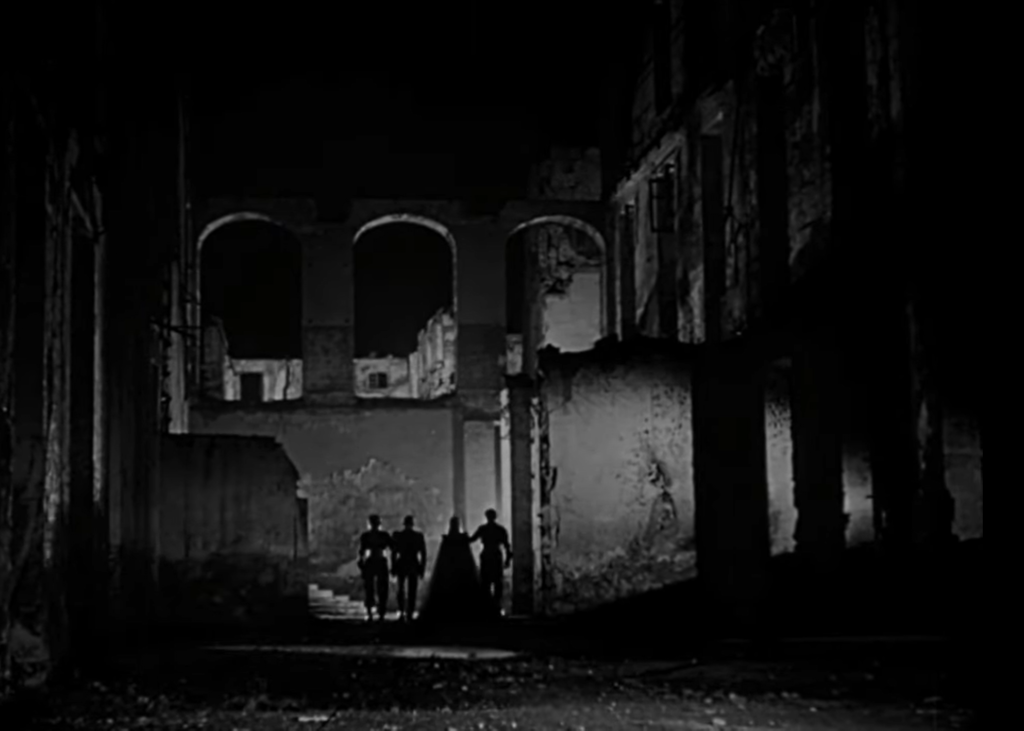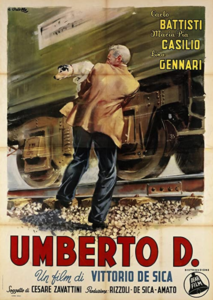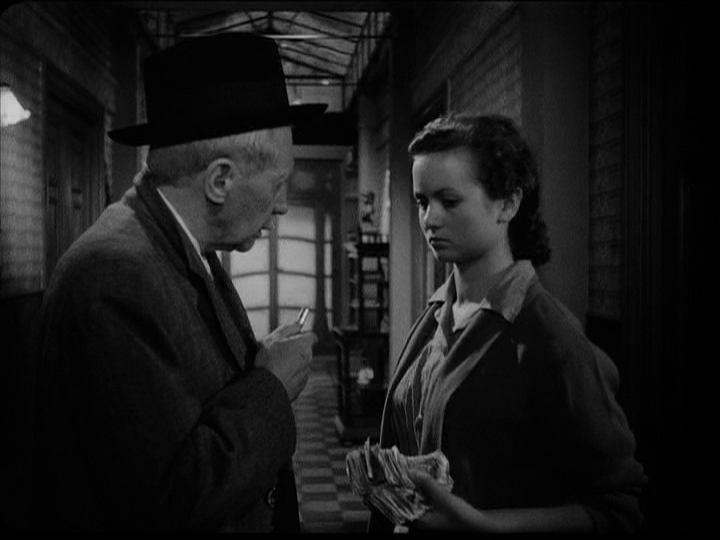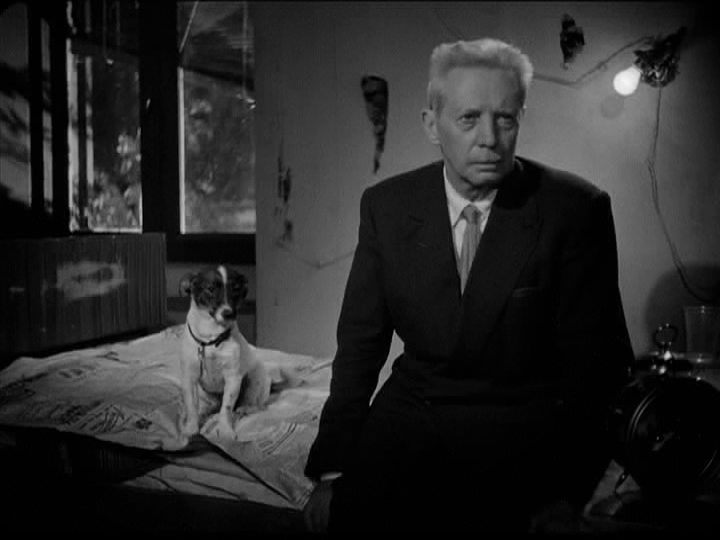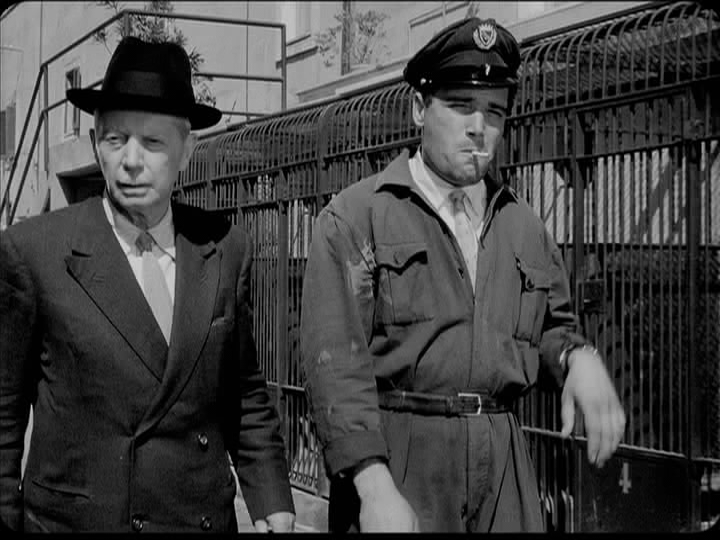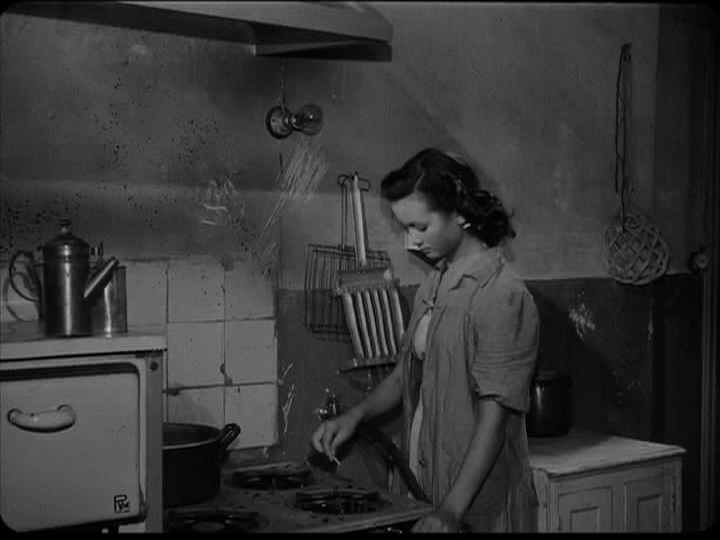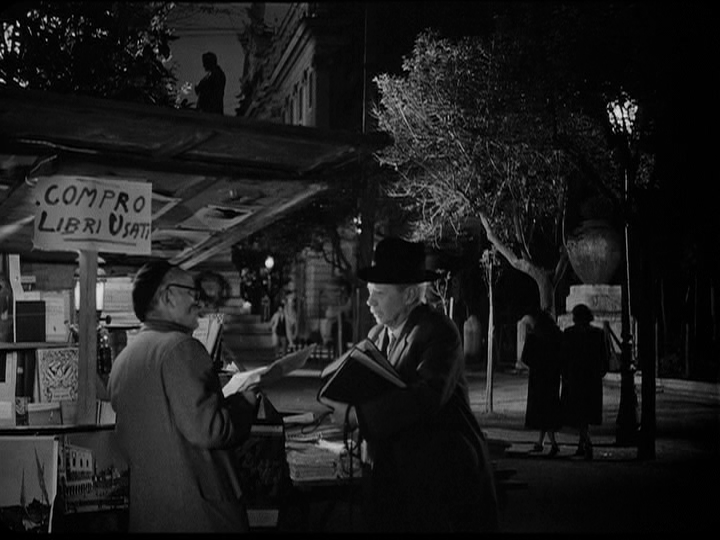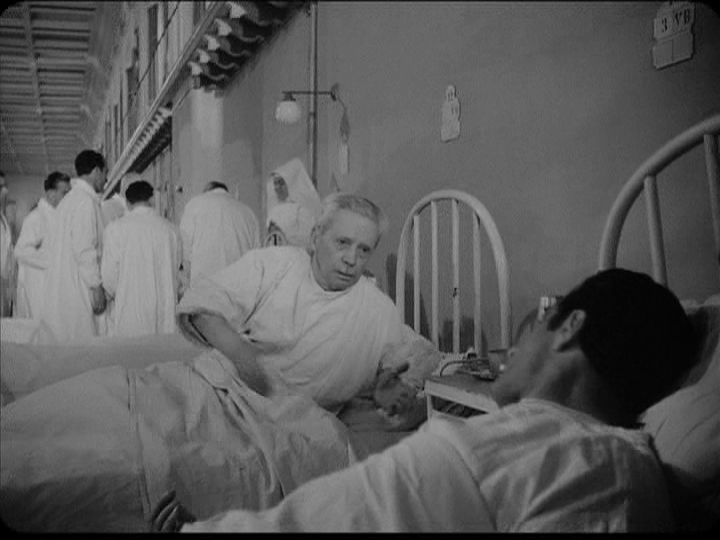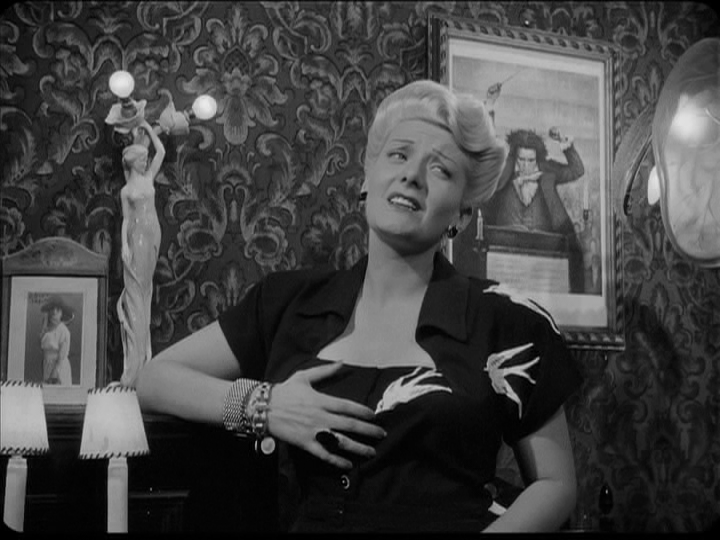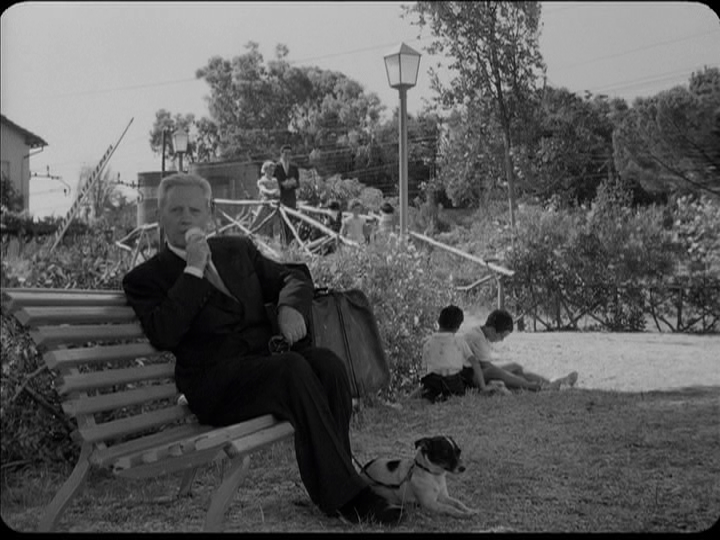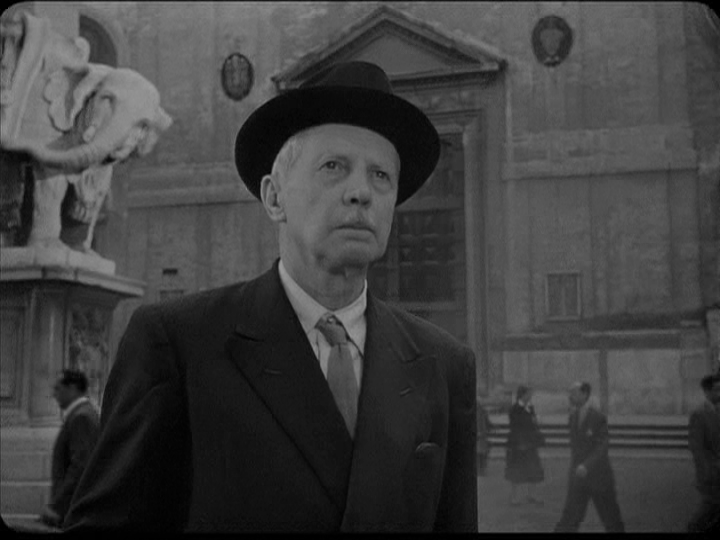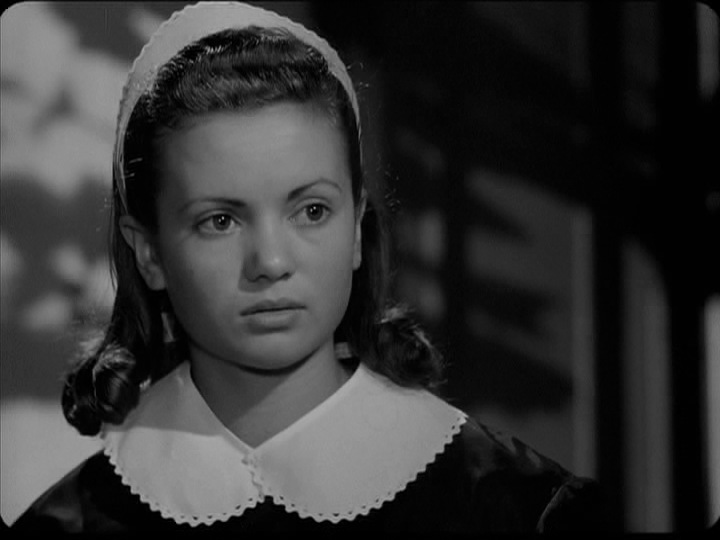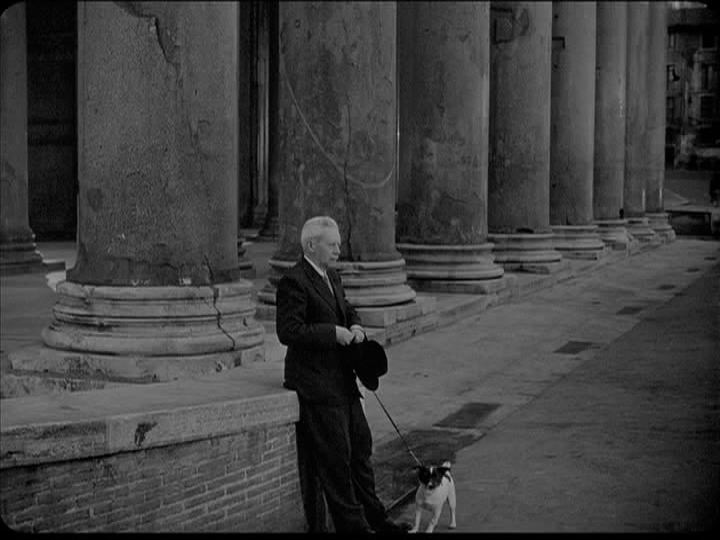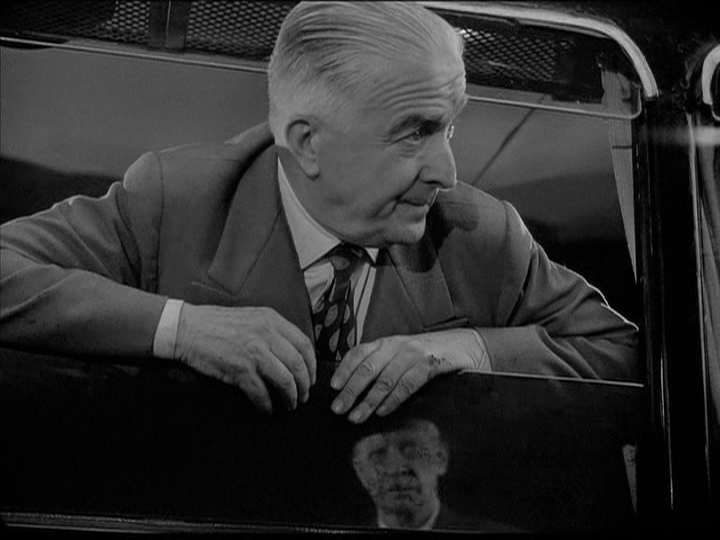|
Genres, Themes, Actors, and Directors:
- Anna Magnani Films
- Betrayal
- Italian Films
- Nazis
- Priests and Ministers
- Resistance Fighters
- Roberto Rossellini Films
Response to Peary’s Review:
Peary writes that this “first film of Italy’s postwar ‘neorealistic’ cinema” — “made with borrowed money and second-rate equipment” — is “directed with brutal frankness by Roberto Rossellini,” noting that the film’s “authenticity has as much to do with the ‘documentary’ look of the street scenes in rubble-strewn Rome as with our knowledge that the filmmakers and actors had experienced firsthand the Nazi occupation of their city.” (Indeed, filming began while Nazis were still occupying another part of the country.)
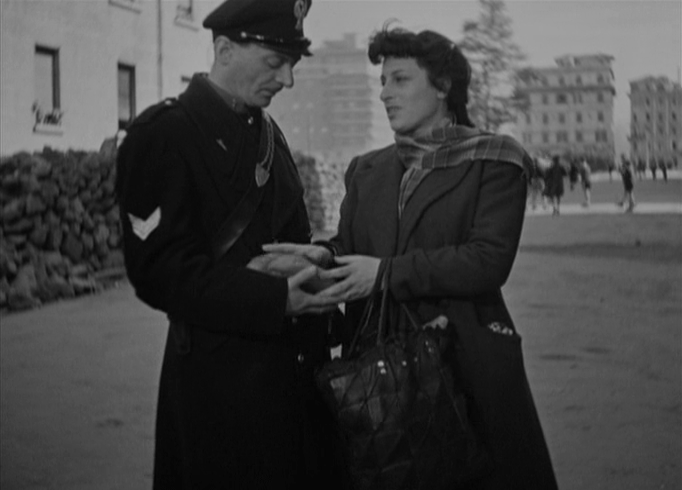
He describes the story as “set in Rome during the height of Nazi power, when [a] Gestapo leader [Harry Feist] makes a concerted effort to weed out members of the underground,” specifically “those who try to avoid detection: a kindly priest (a wonderful performance by Aldo Fabrizi)”:
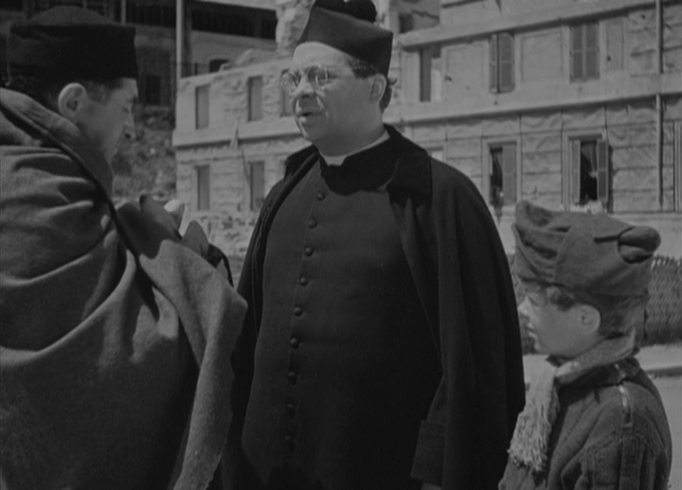
… “a resistance leader [Marcello Pagliero]”:
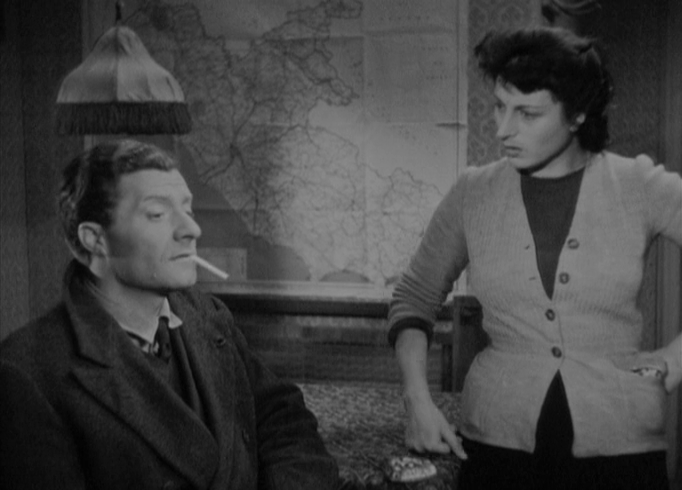
… “a young boy [Vito Annichiarico], and the man [Francesco Grandjacquet] who is about to marry the boy’s mother (Anna Magnani).”

He points out that “the girlfriend [Maria Michi] of the resistance fighter falls under the drugs-money-lies spell of a lesbian Gestapo officer [Giovanna Galletti]”:
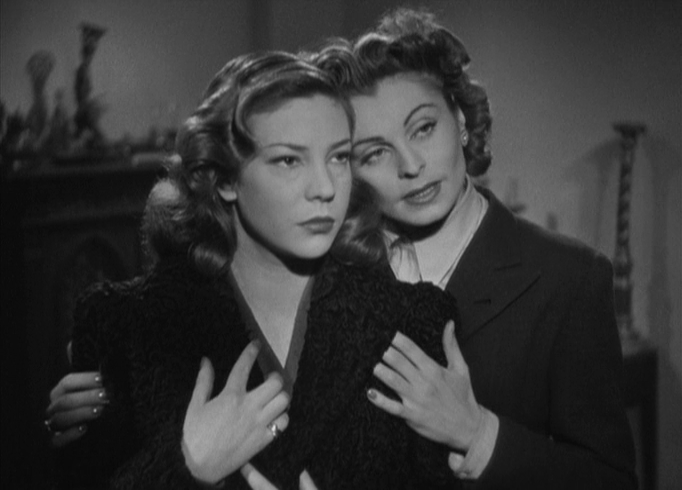
… “and helps set a trap that nets the Nazis both the resistance leader and the priest,” leading to a “devastating sequence” in which “the Gestapo leader, who’s much like the Bela Lugosi maniac that Hollywood typically cast in such roles, tortures the resister while forcing the priest to look on.”
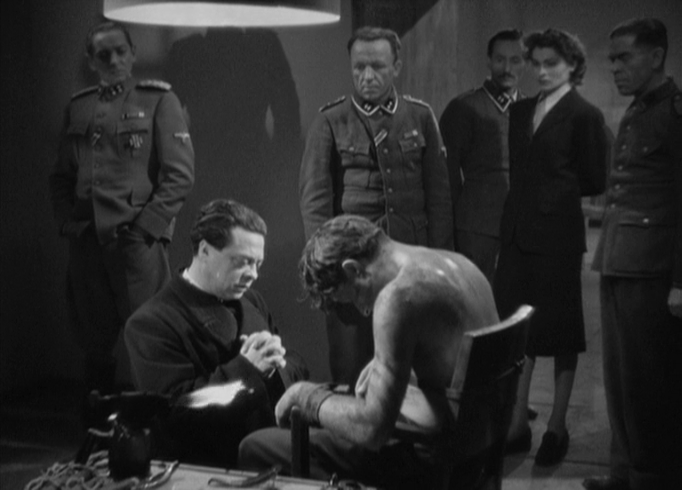
Peary notes that “of course, this picture is an attack on the Nazi mentality as well as on collaborators who had no idea of the agony they caused.”
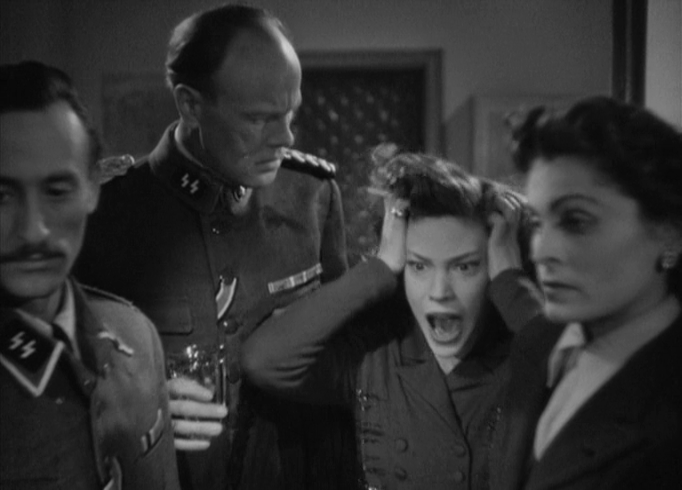
However, “it is also a tribute to those political prisoners who withstood Nazi torture stoically, the members of the resistance, those simple but quick-thinking people who risked their lives to help the underground, and the children who played an essential part in the movement when few men were left in the city.”
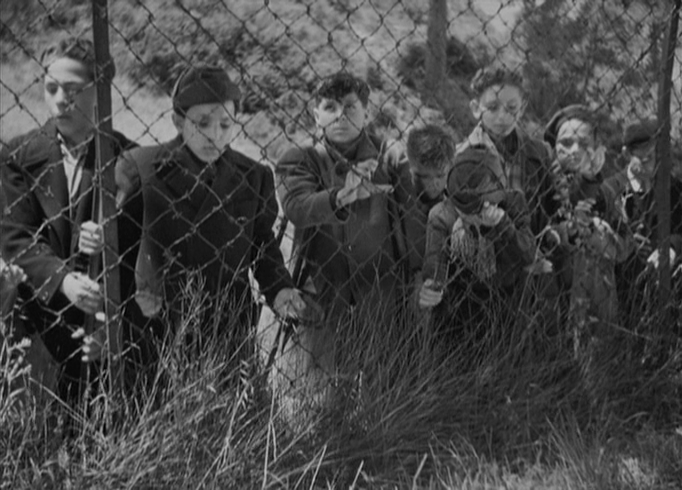
Peary notes that while “there are many powerful scenes,” his “favorite moment is tender, when the boy hugs his would-be stepfather before going to sleep — he is still a child.”
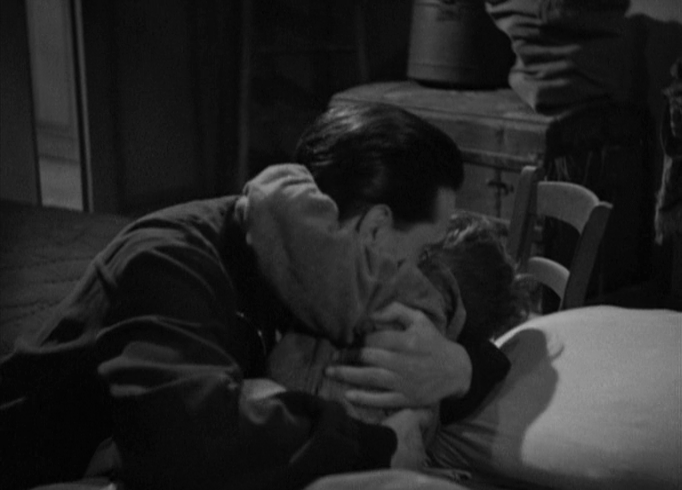
Quite a bit has been written and discussed about this formative Italian movie, which remains a remarkably potent film about resilience in the face of persistent evil. The movie’s most famous sequence — involving Magnani running down a street as her lover is taken away — packs a visceral punch to the gut like few other movie moments I can recall:

(Try watching it a few times and you’ll see what I mean — it’s never not heartbreaking.) Speaking of Magnani, she brings earthy zest and pragmatism to her role as a pregnant widow whose hopes for marriage are put on hold:

… while former comedic actor Fabrizi is unexpectedly poignant in a central role that allows him to portray the full complexity of a priest committed to both his religious beliefs and his political convictions. This fine film remains well worth a look.
Notable Performances, Qualities, and Moments:
- Aldo Fabrizi as Don Pietro Pellegrini
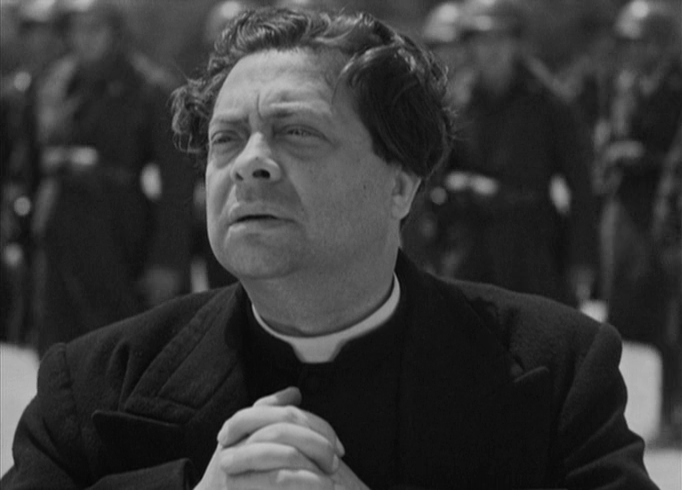
- Anna Magnani as Pina
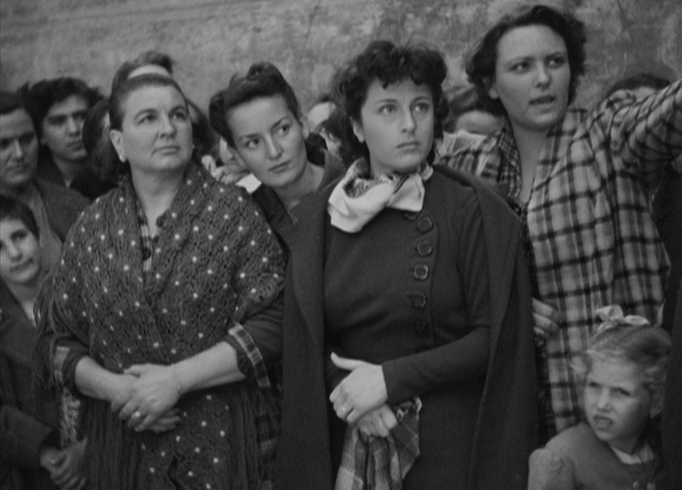
- Excellent use of location shooting in Rome
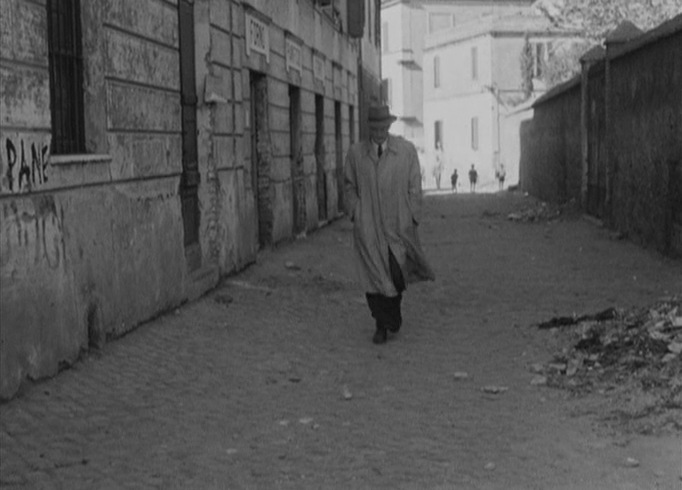
- Ubaldo Arata’s cinematography
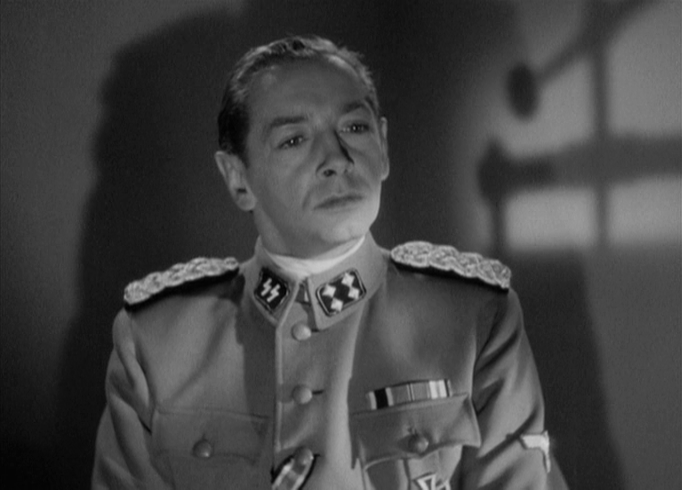
Must See?
Yes, as a foreign classic.
Categories
- Foreign Gem
- Historically Relevant
- Important Director
(Listed in 1001 Movies You Must See Before You Die)
Links:
|
